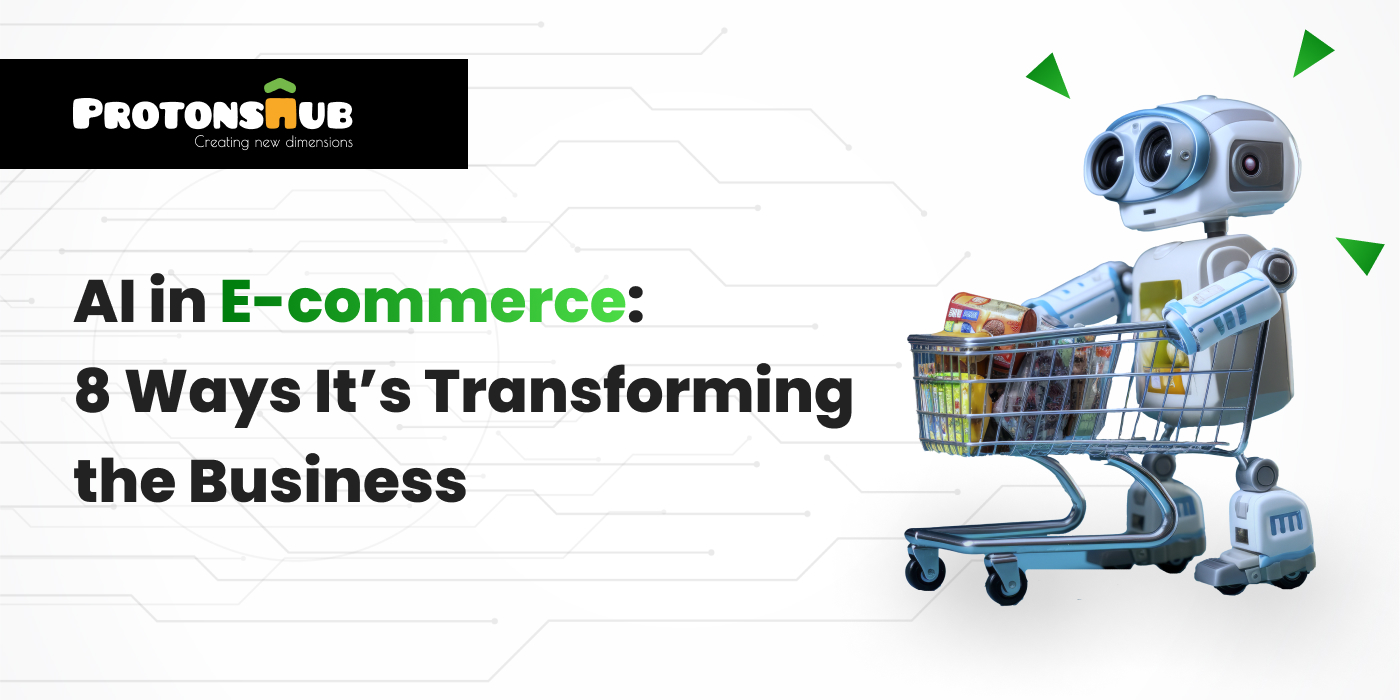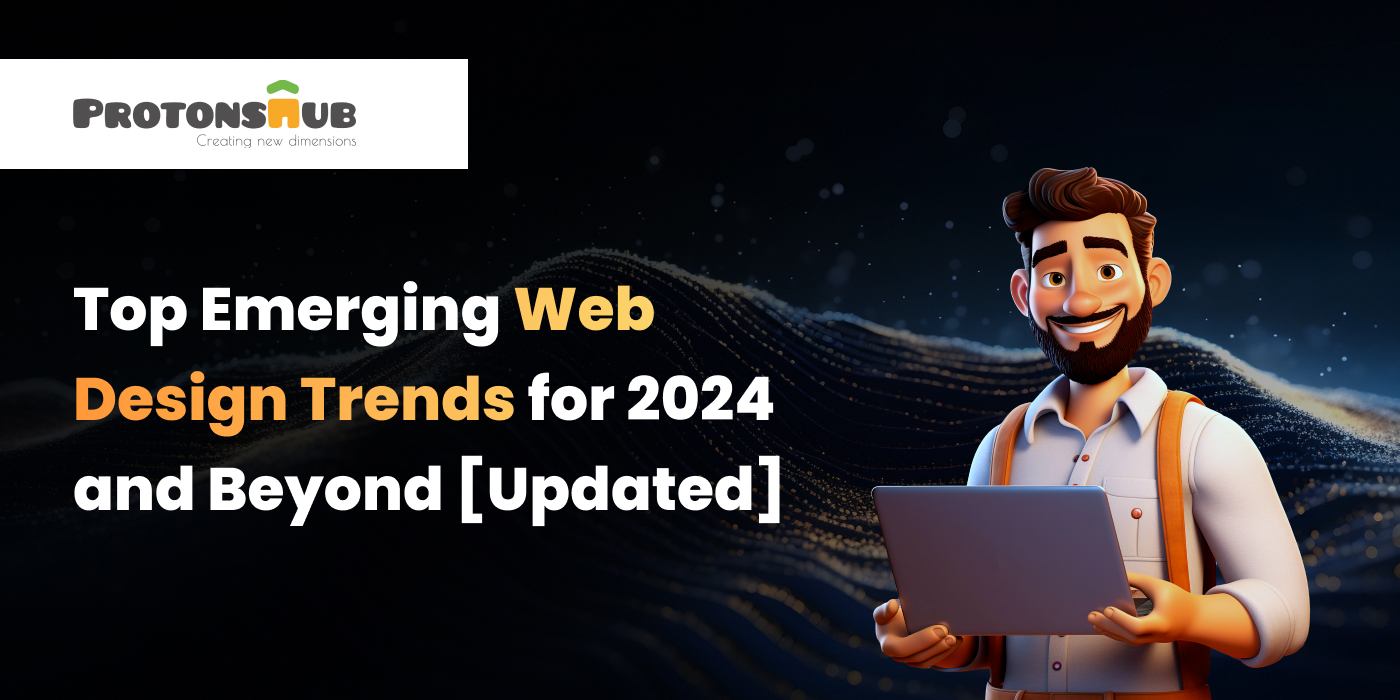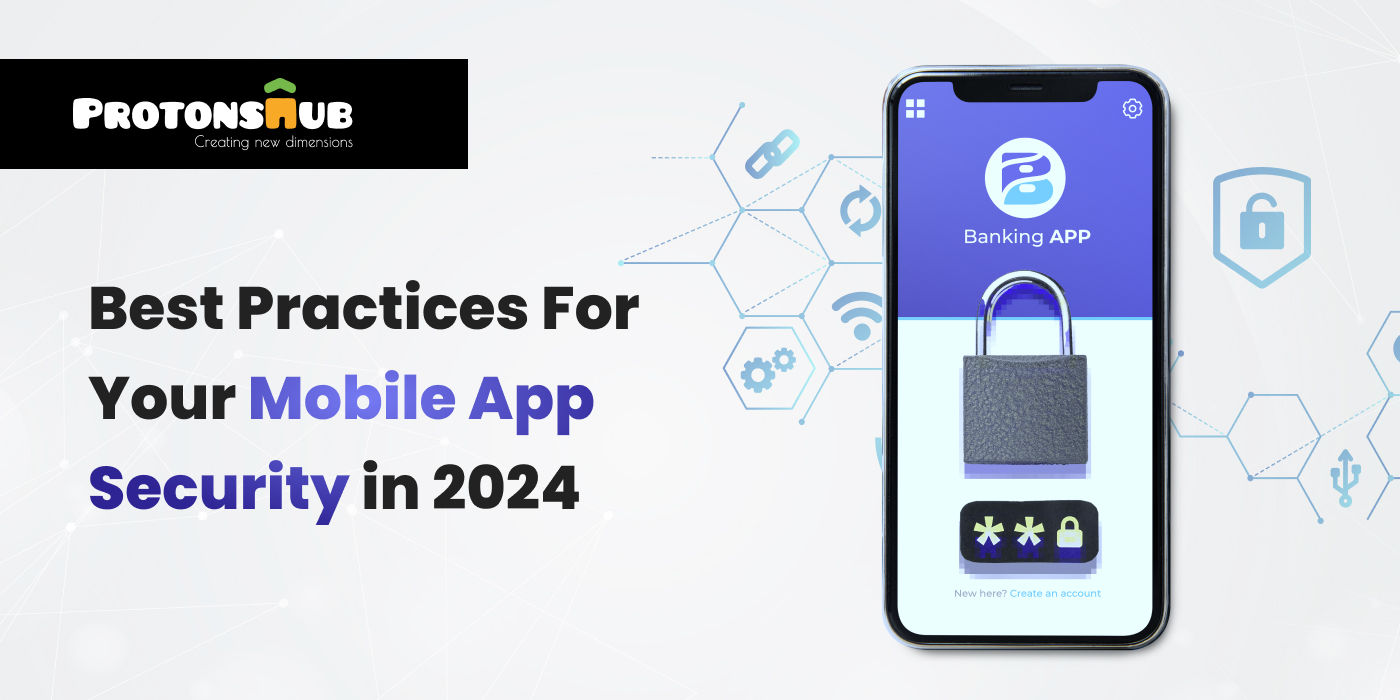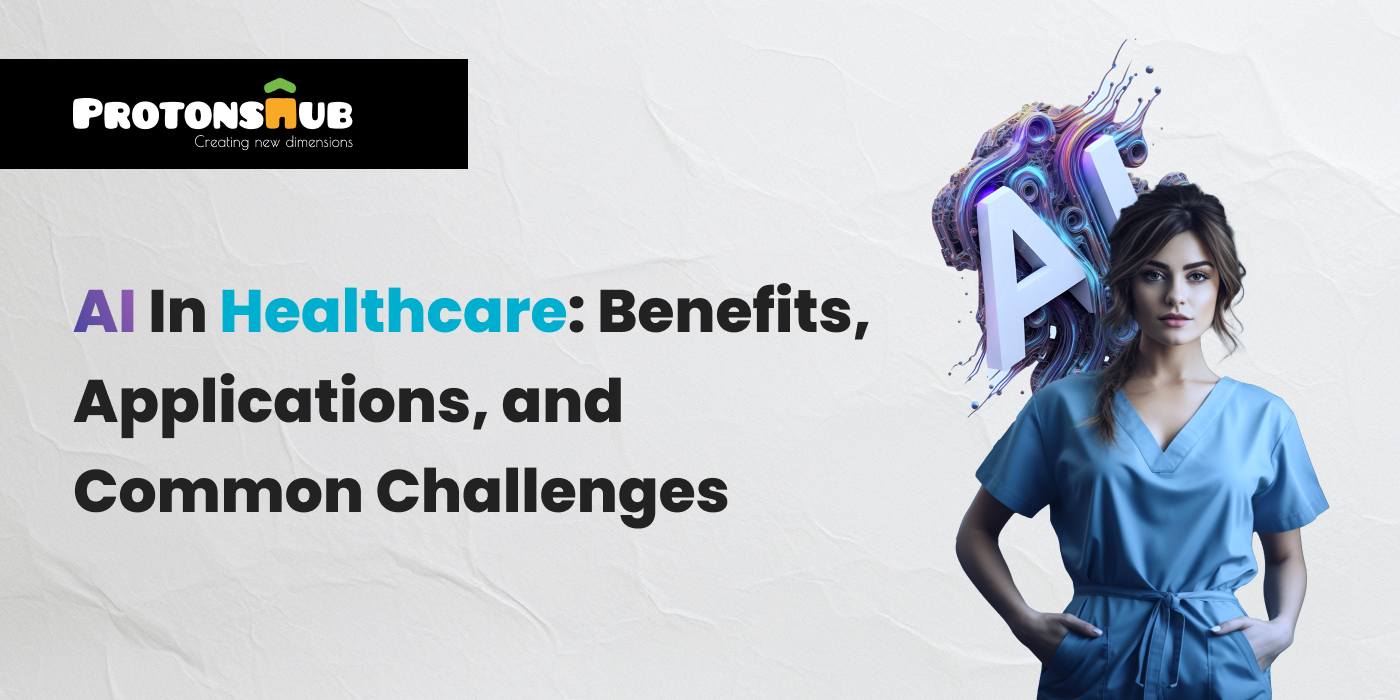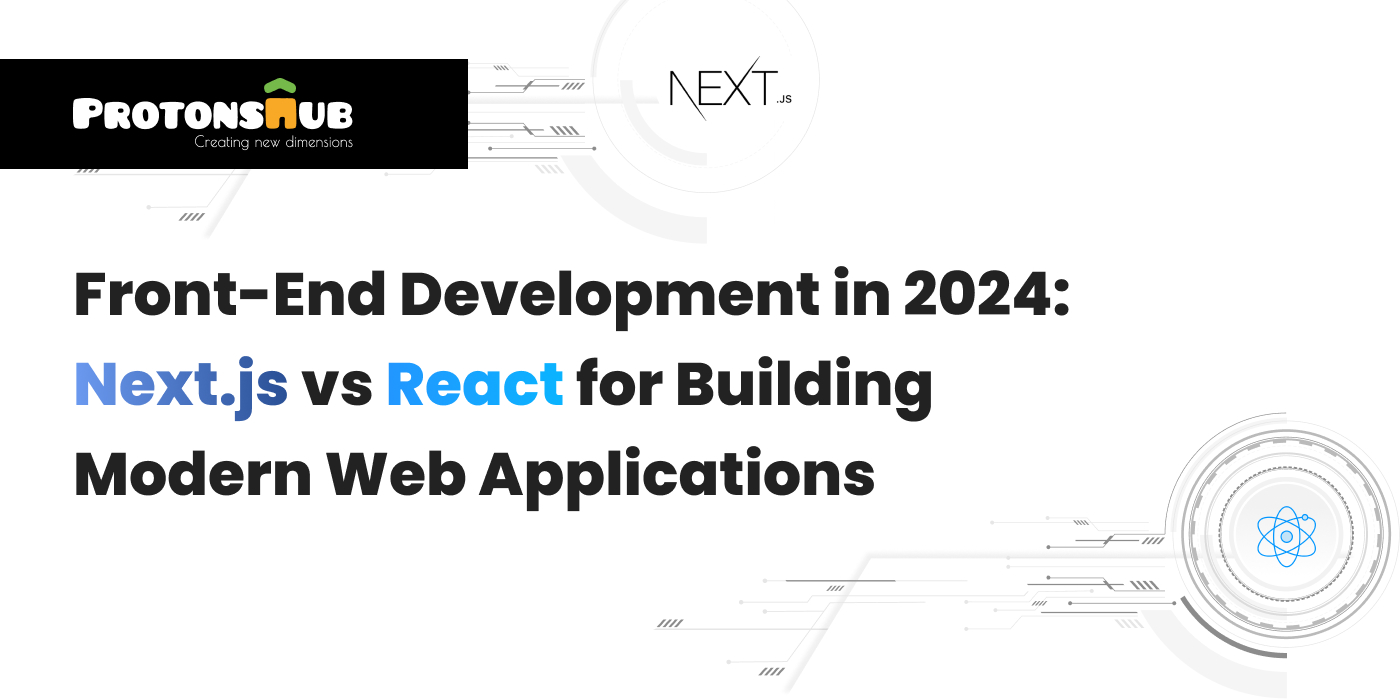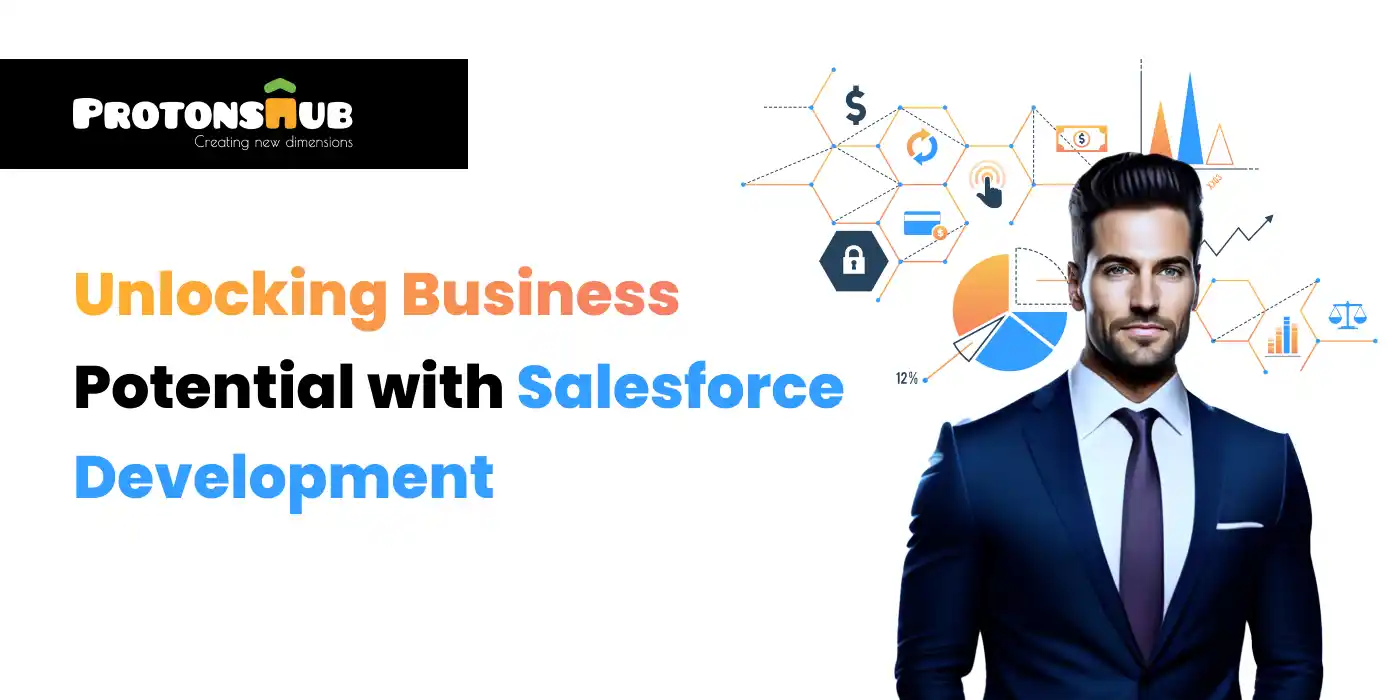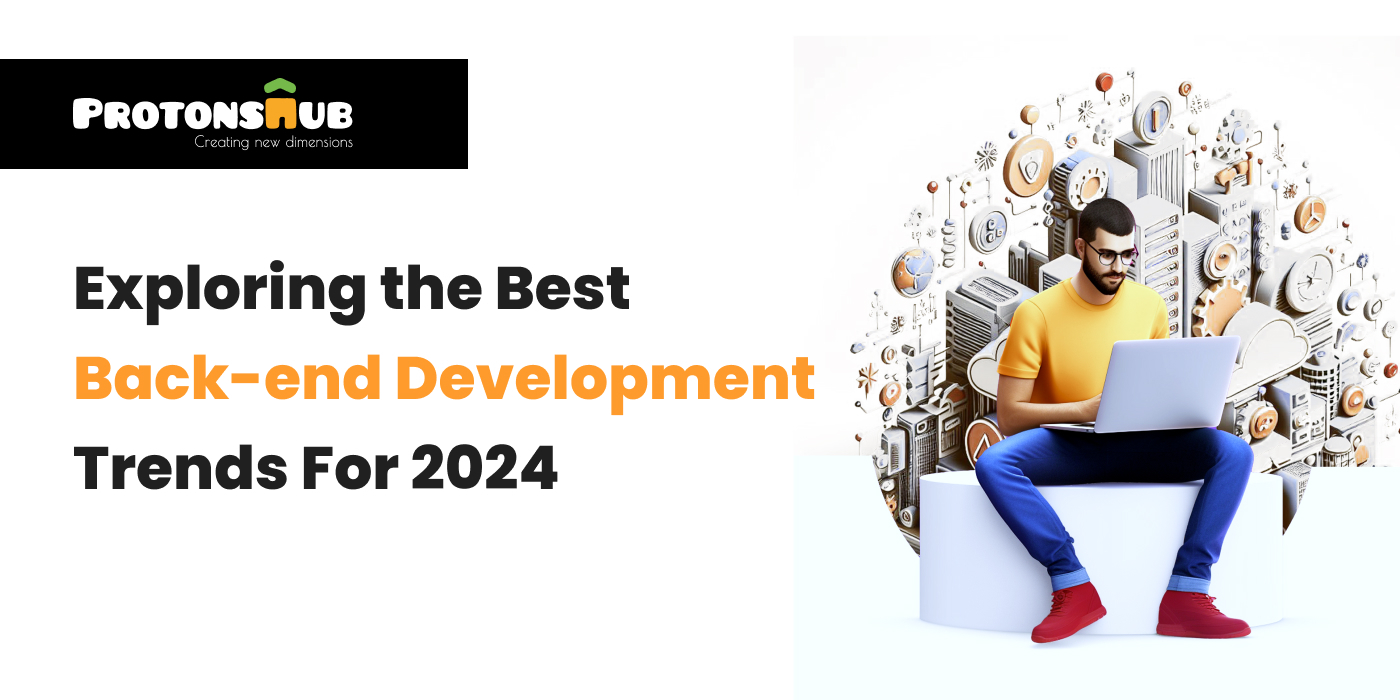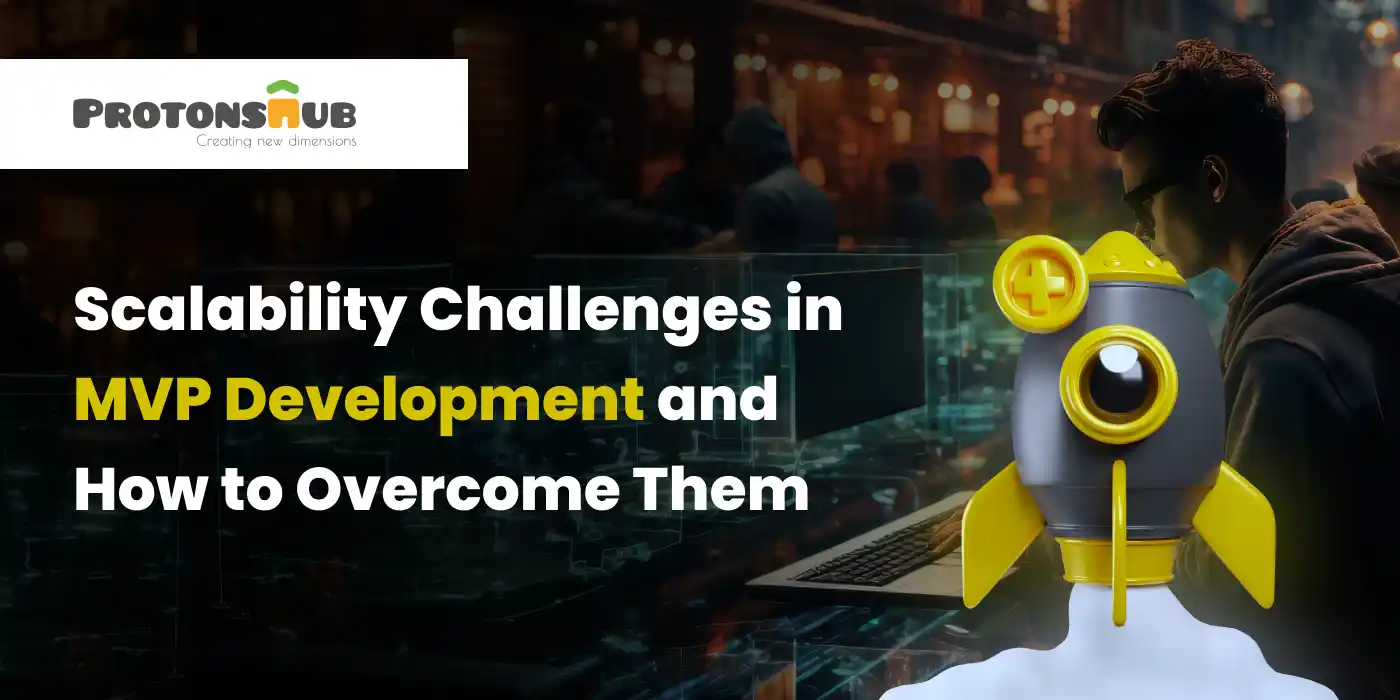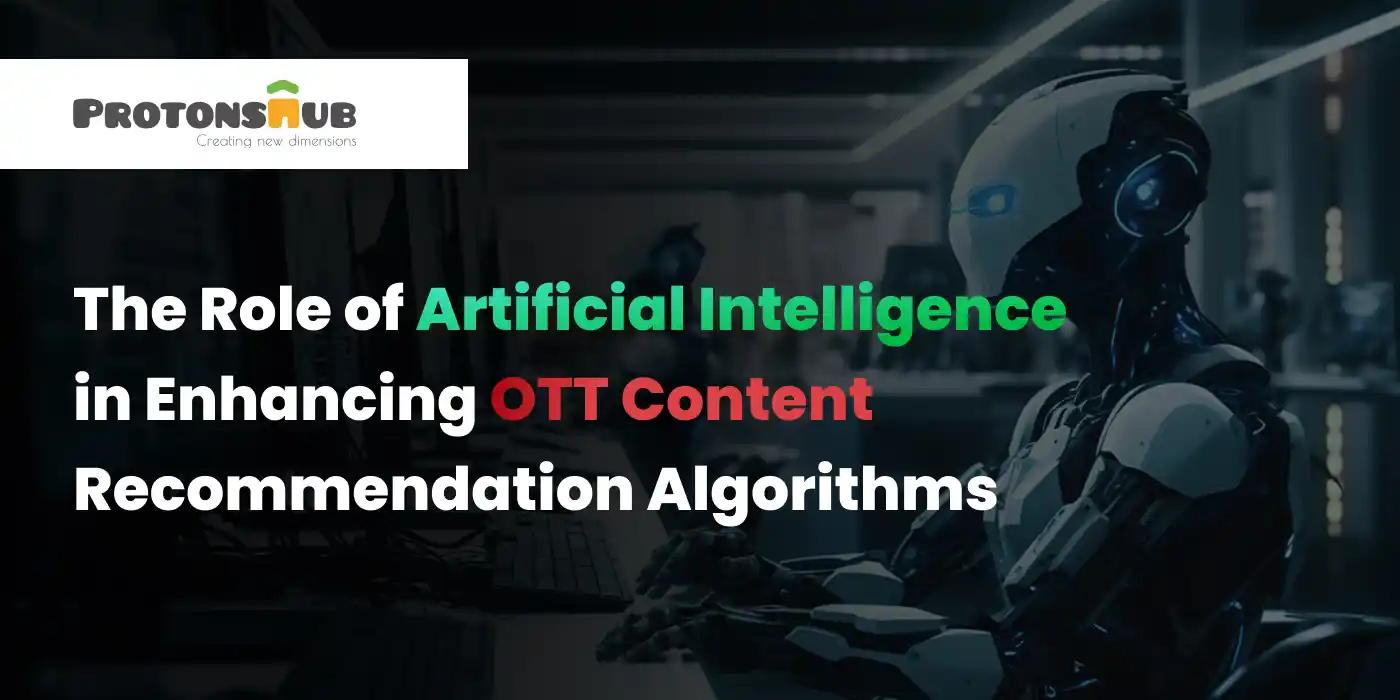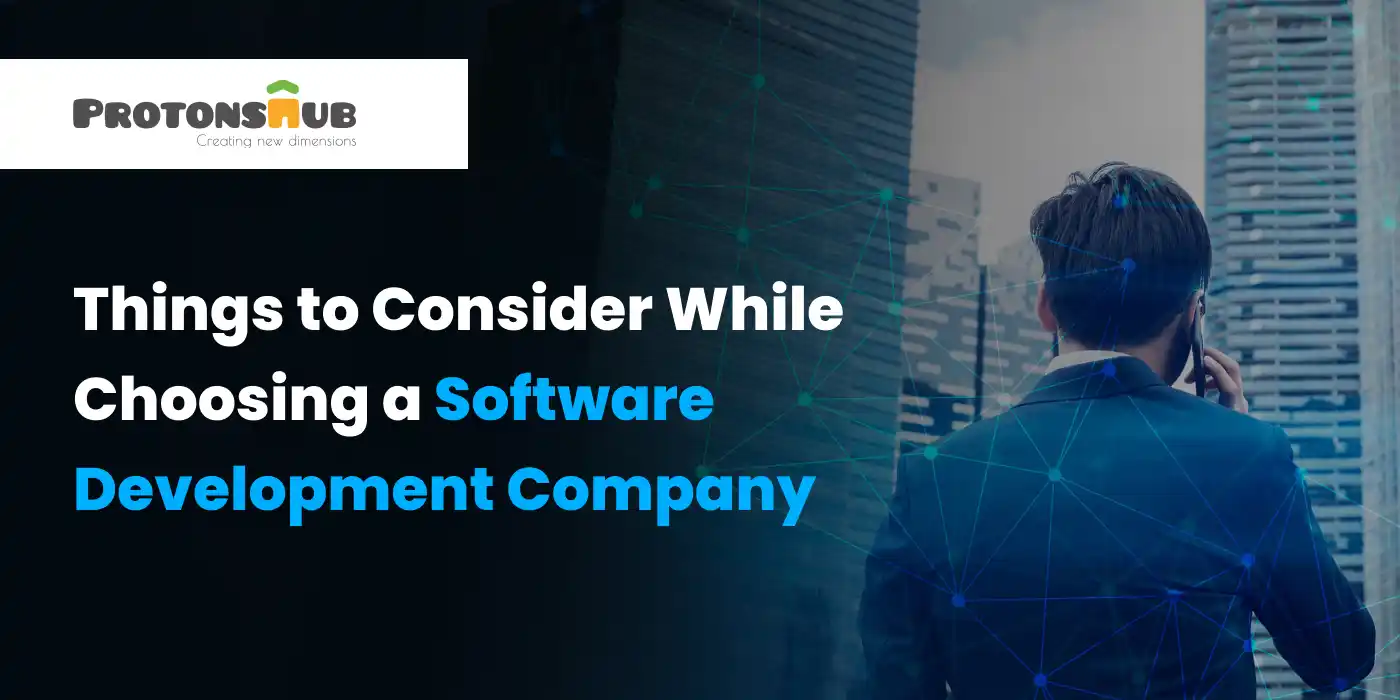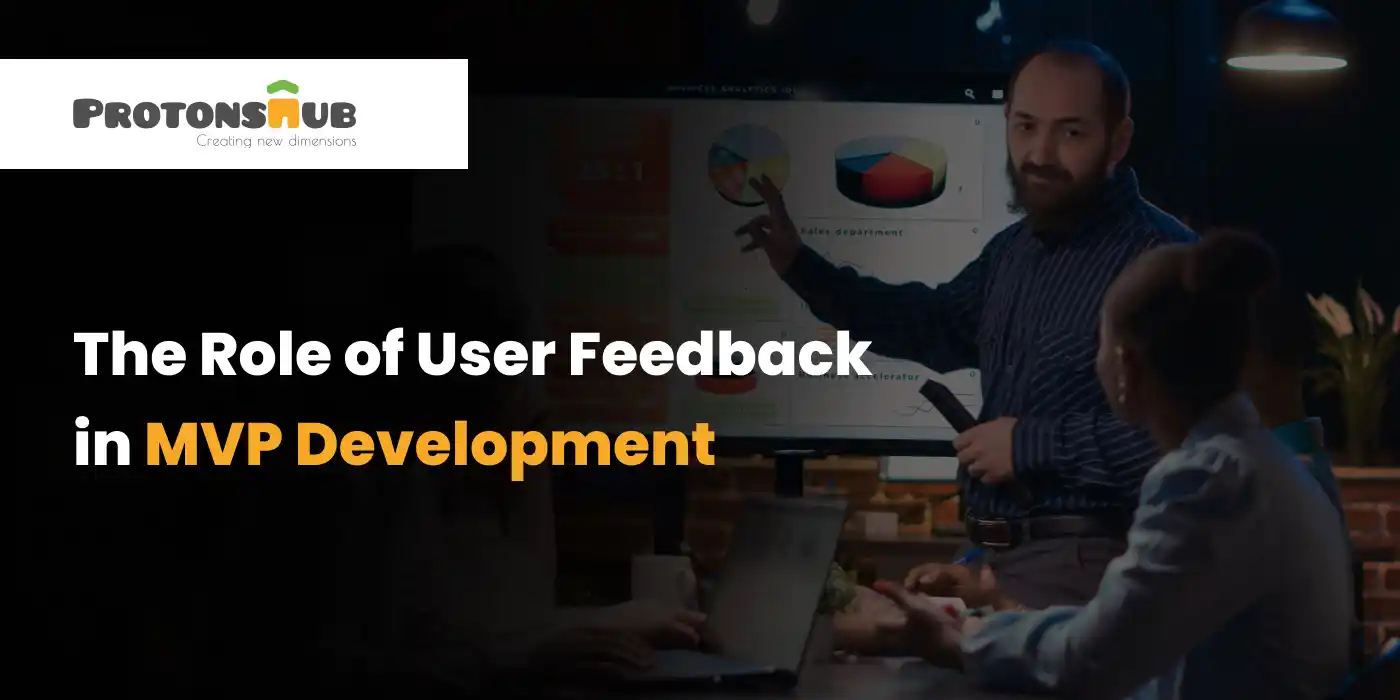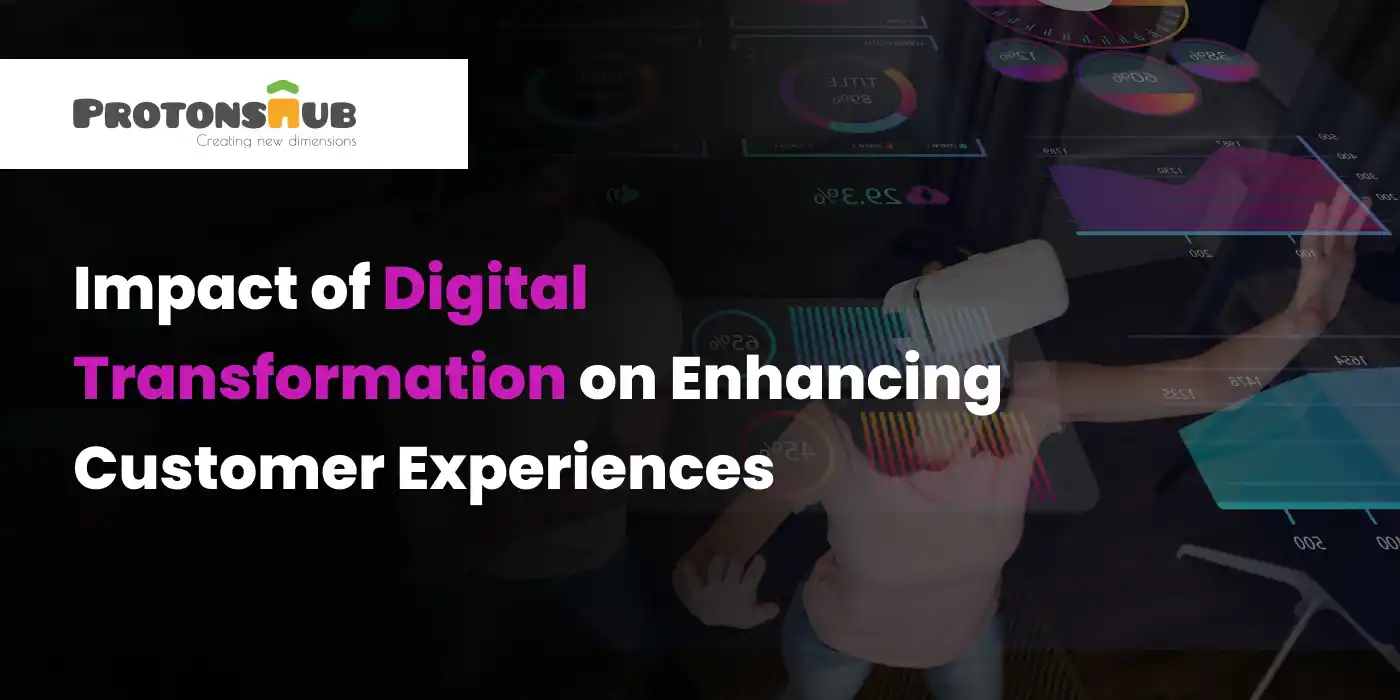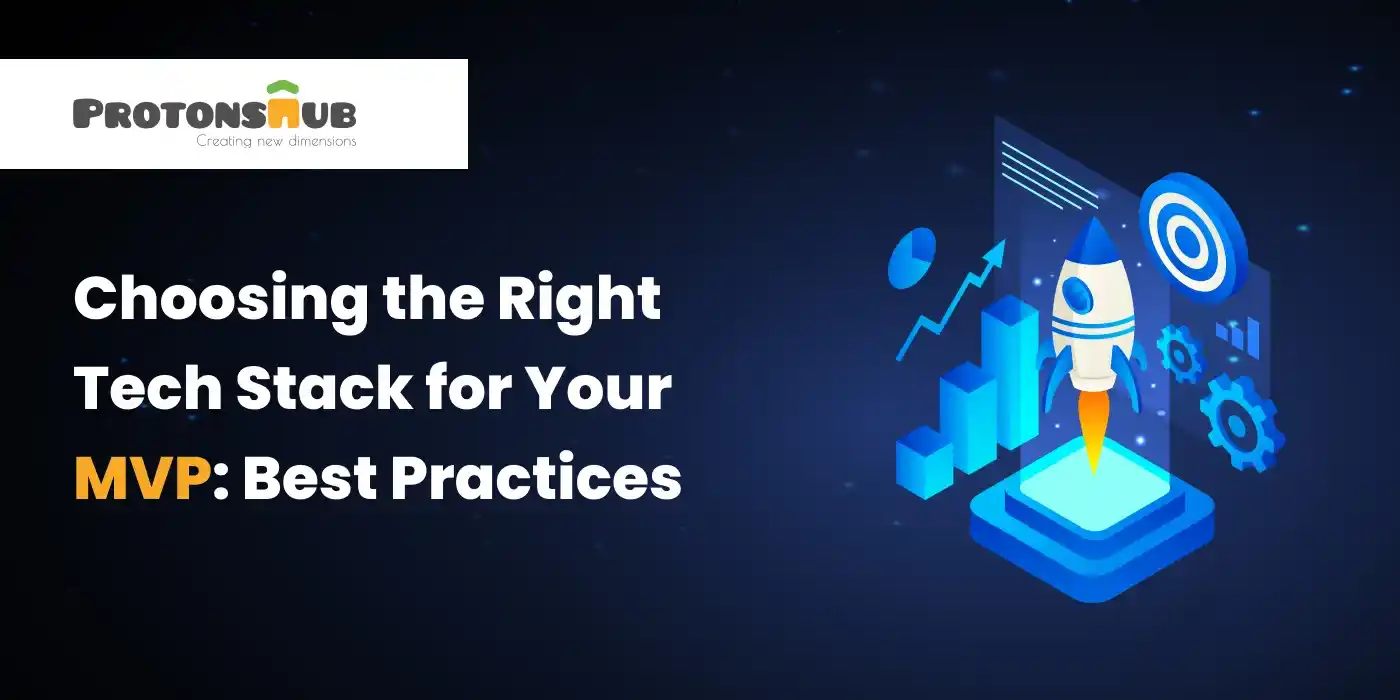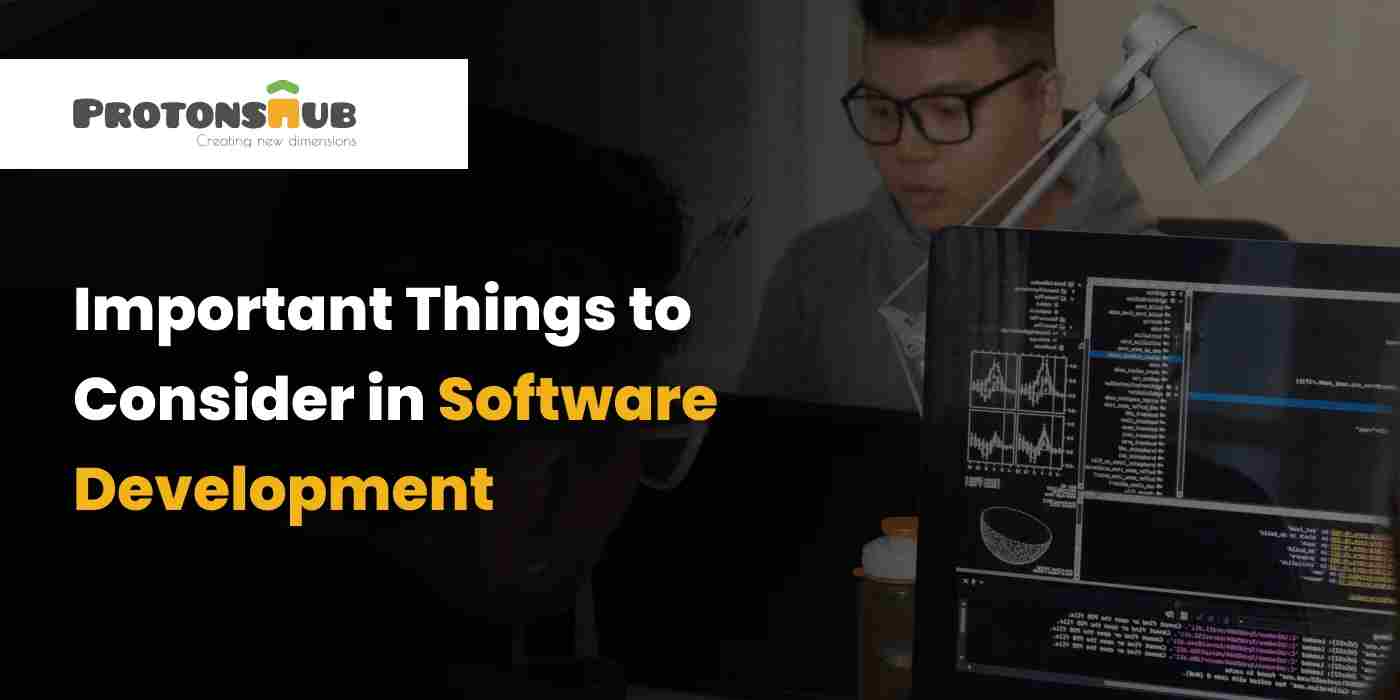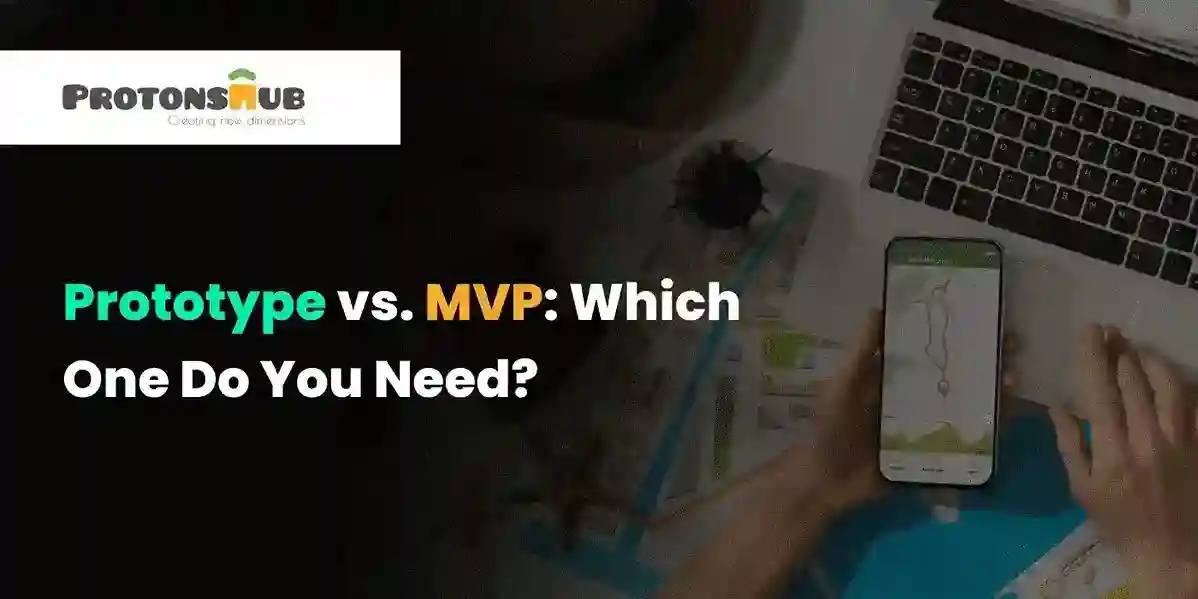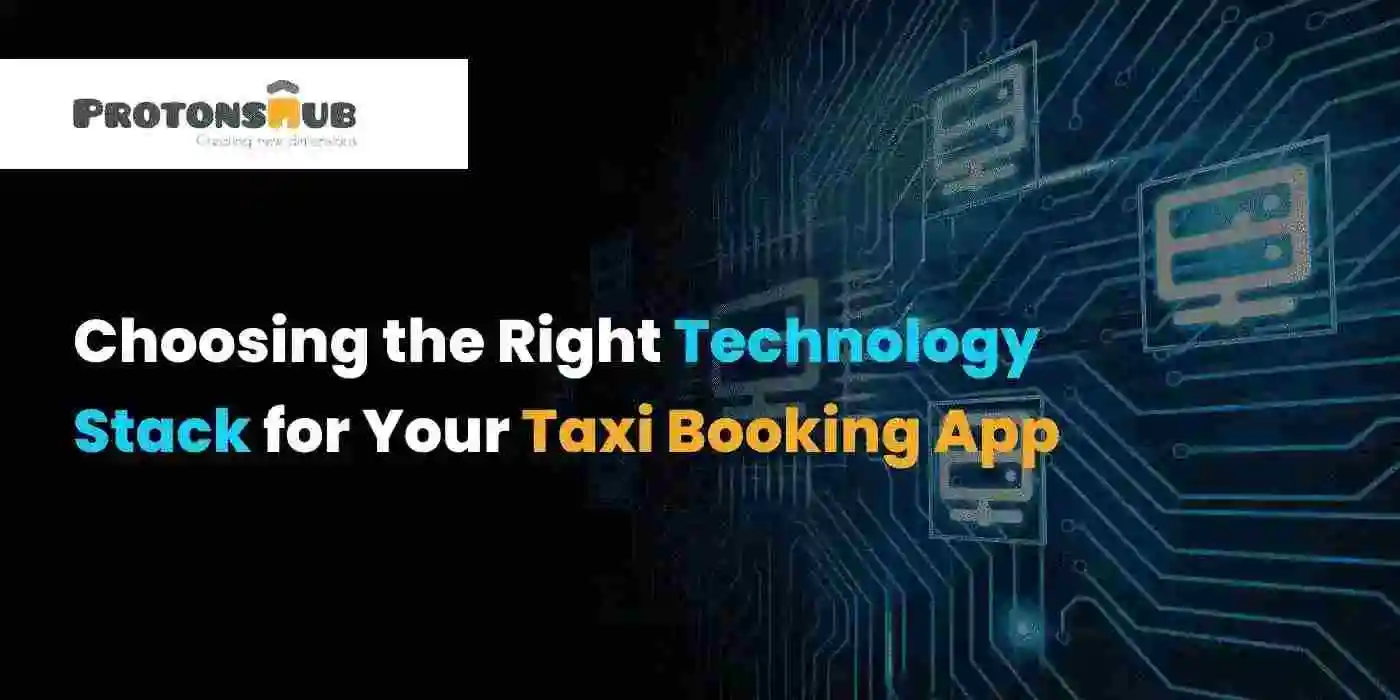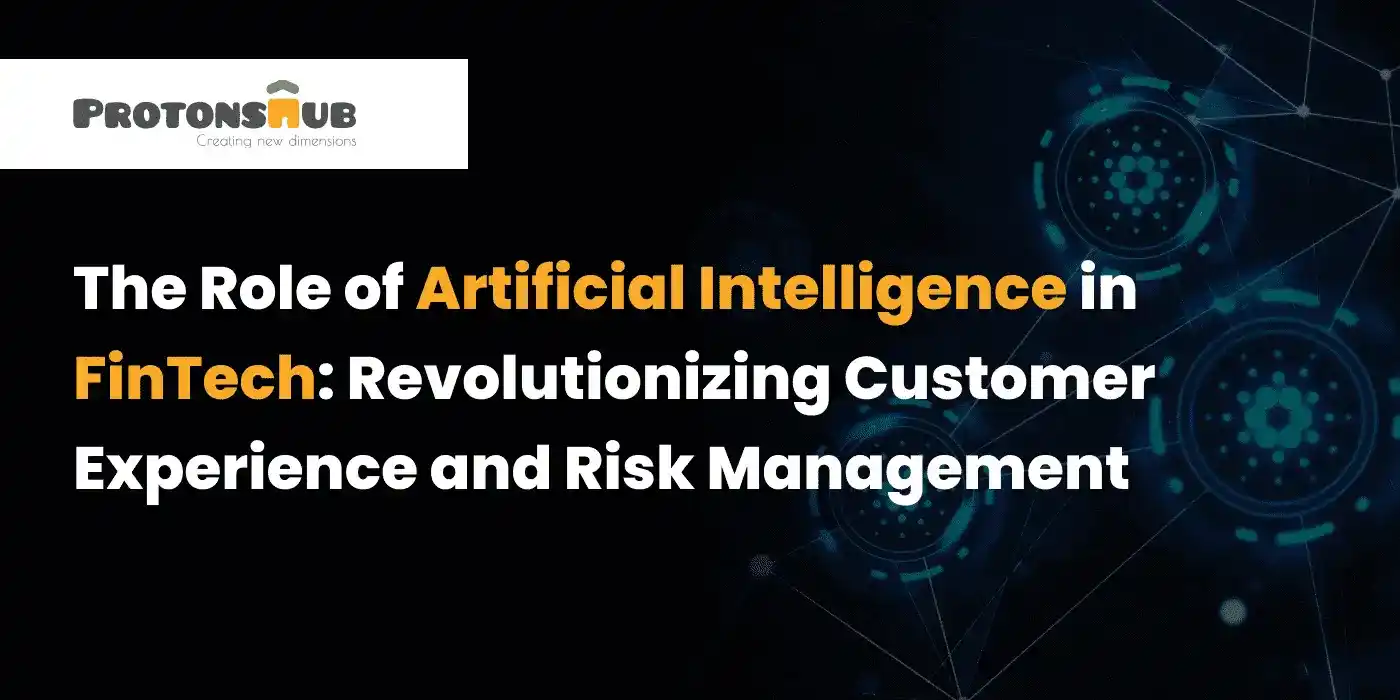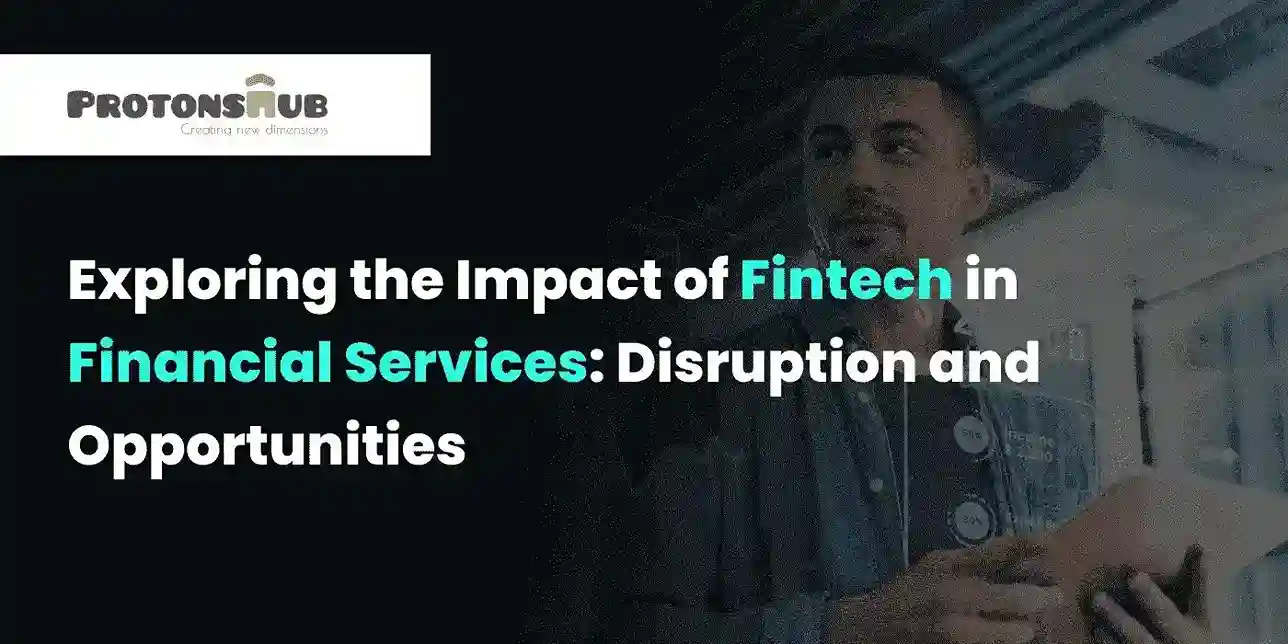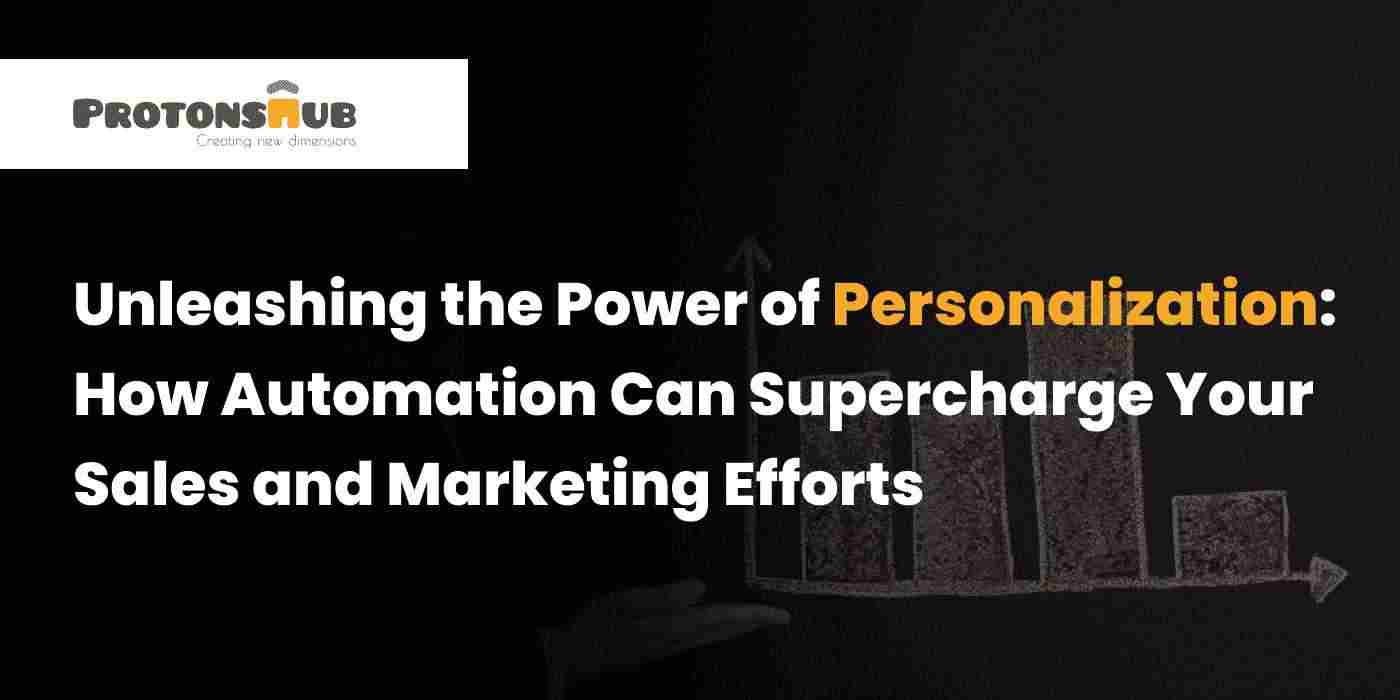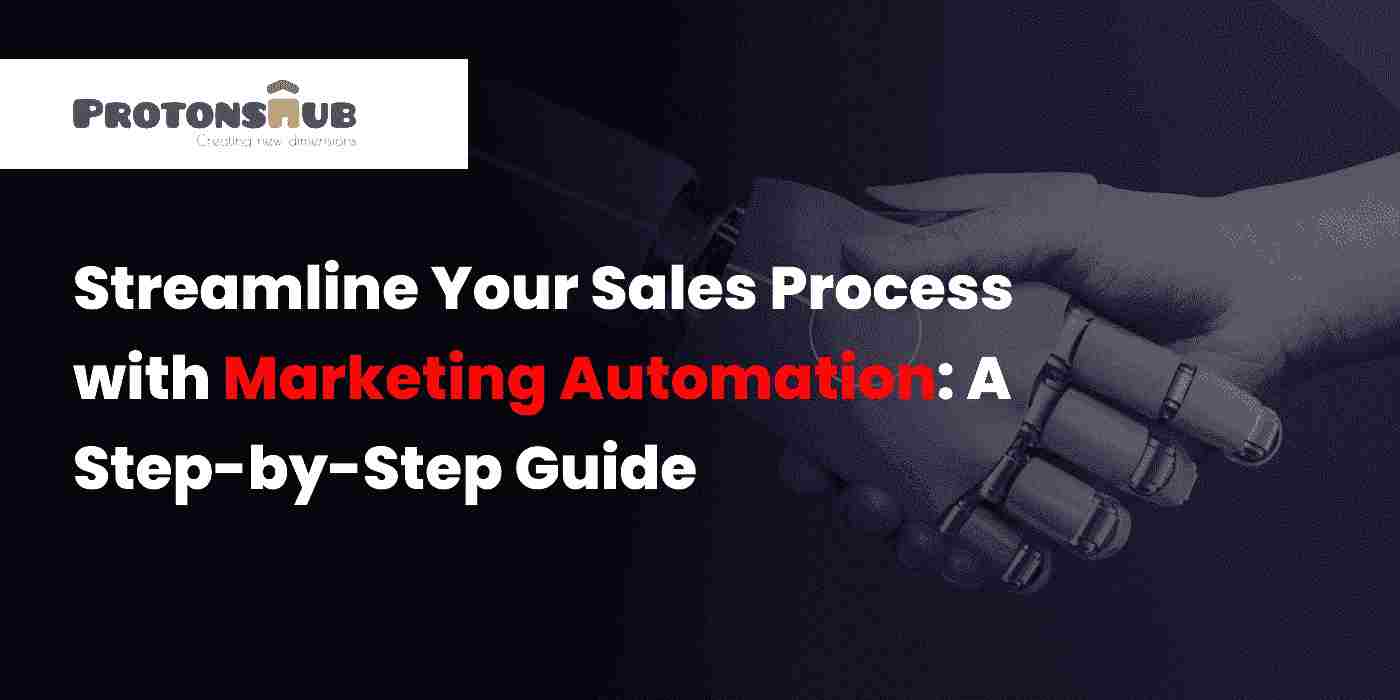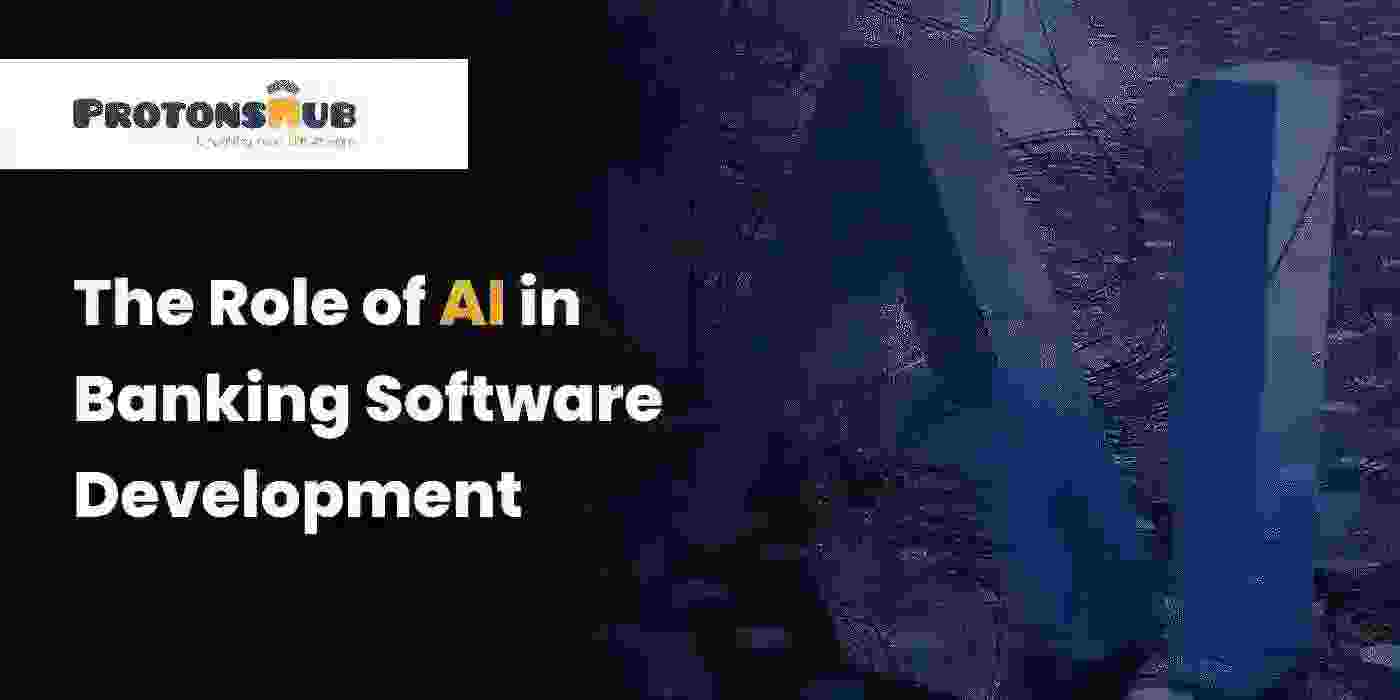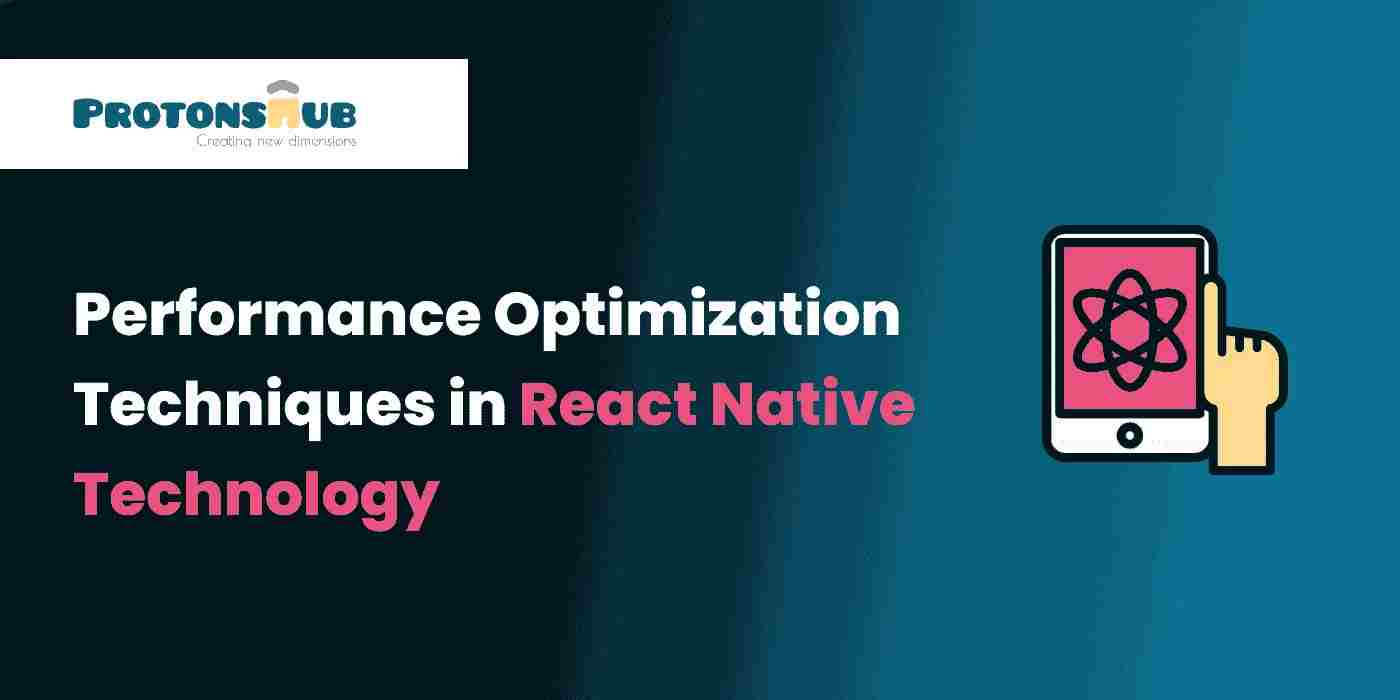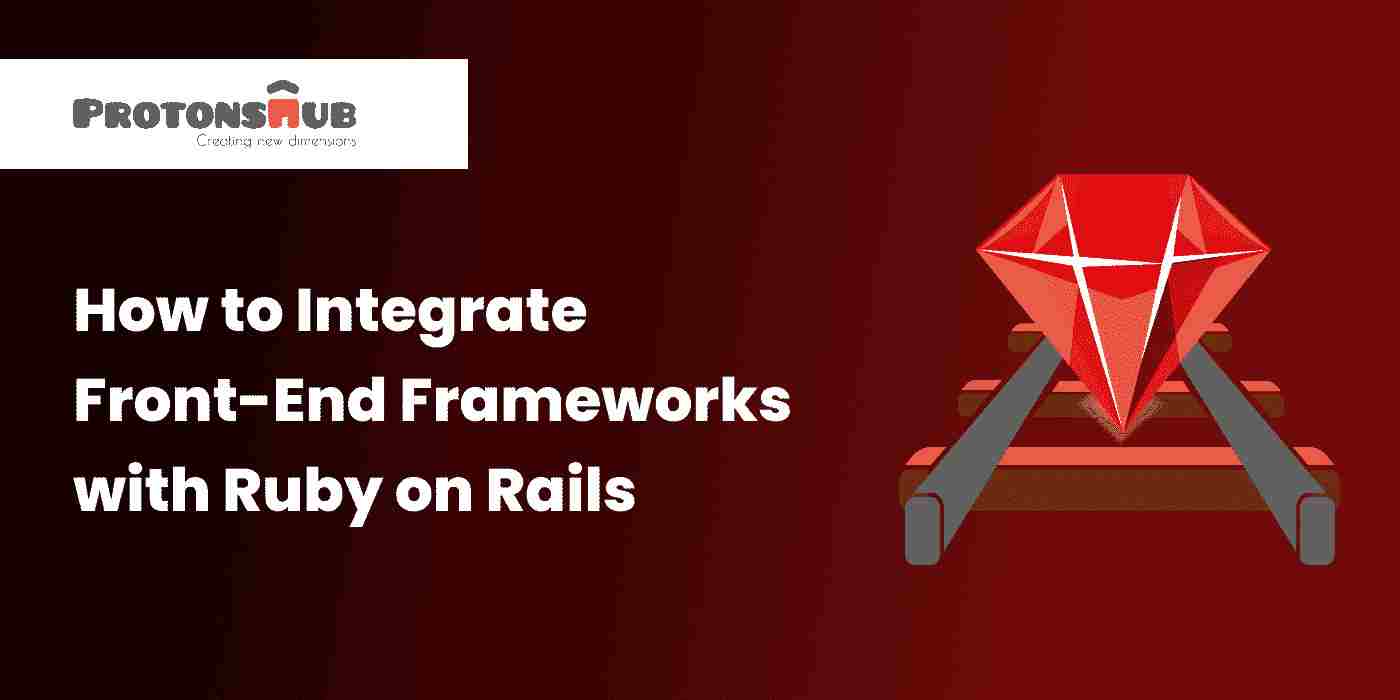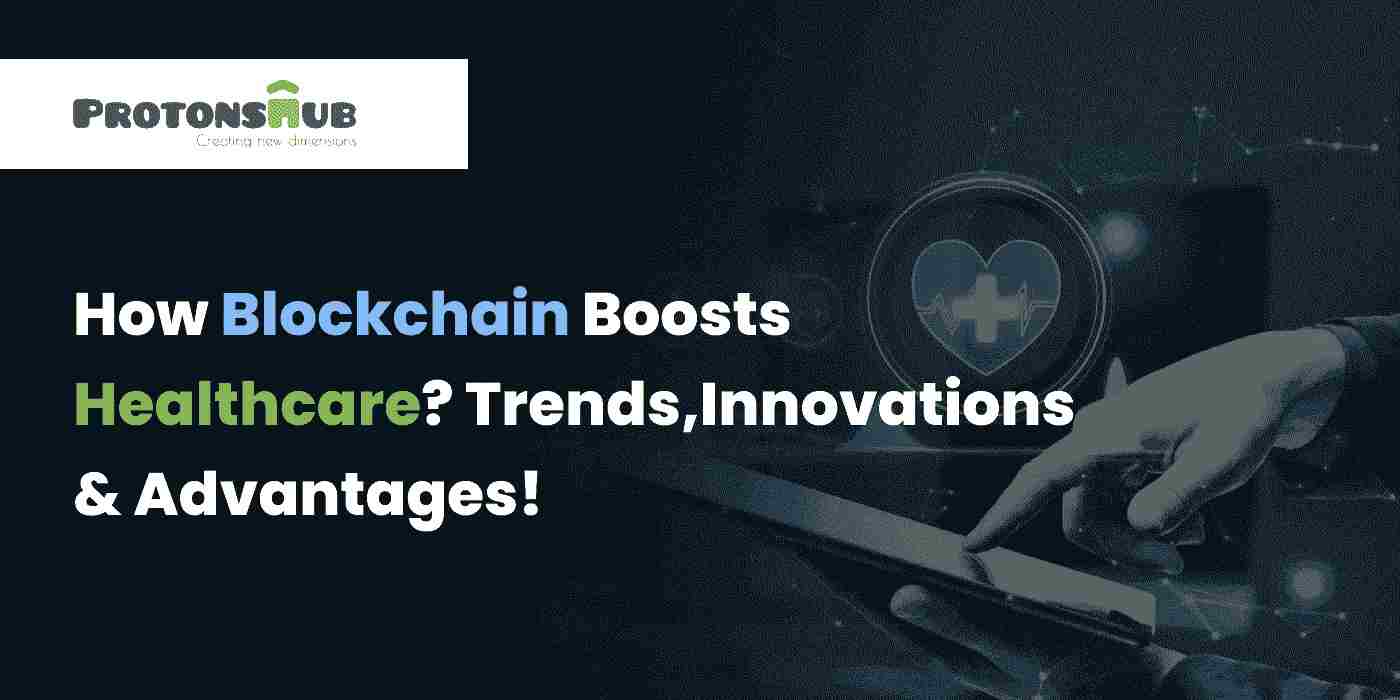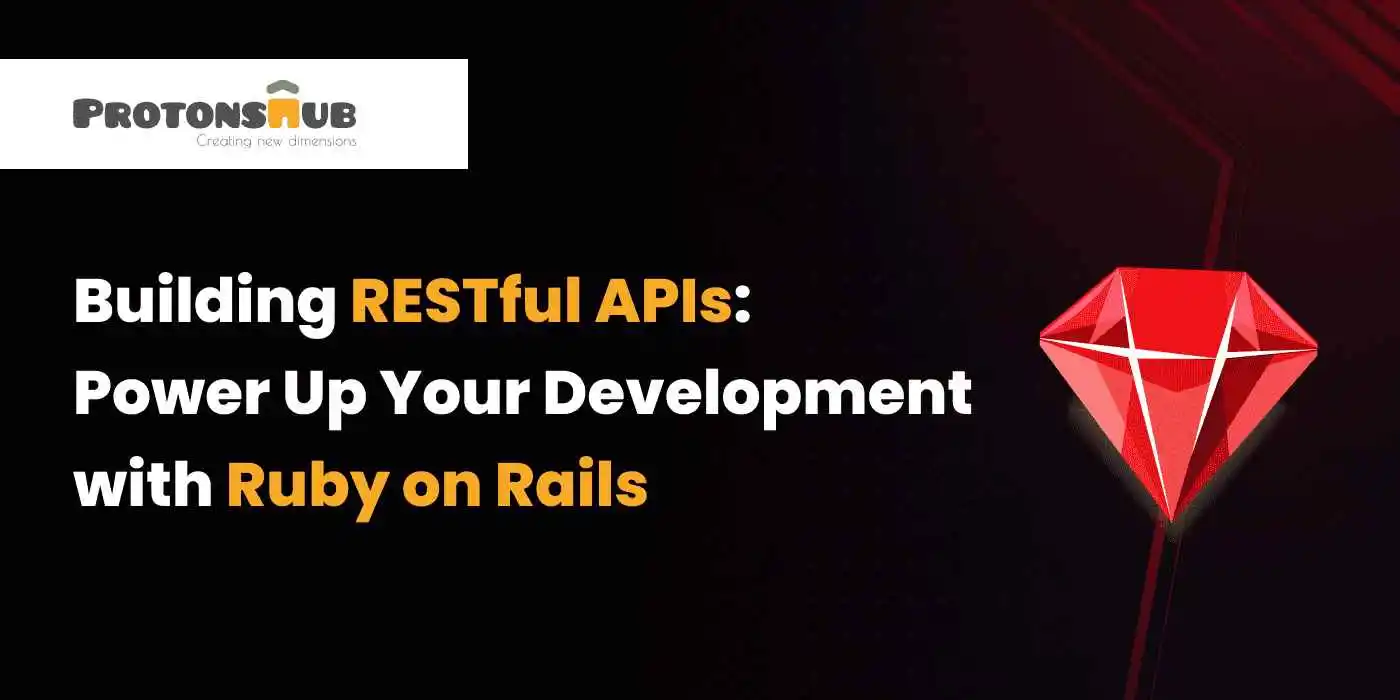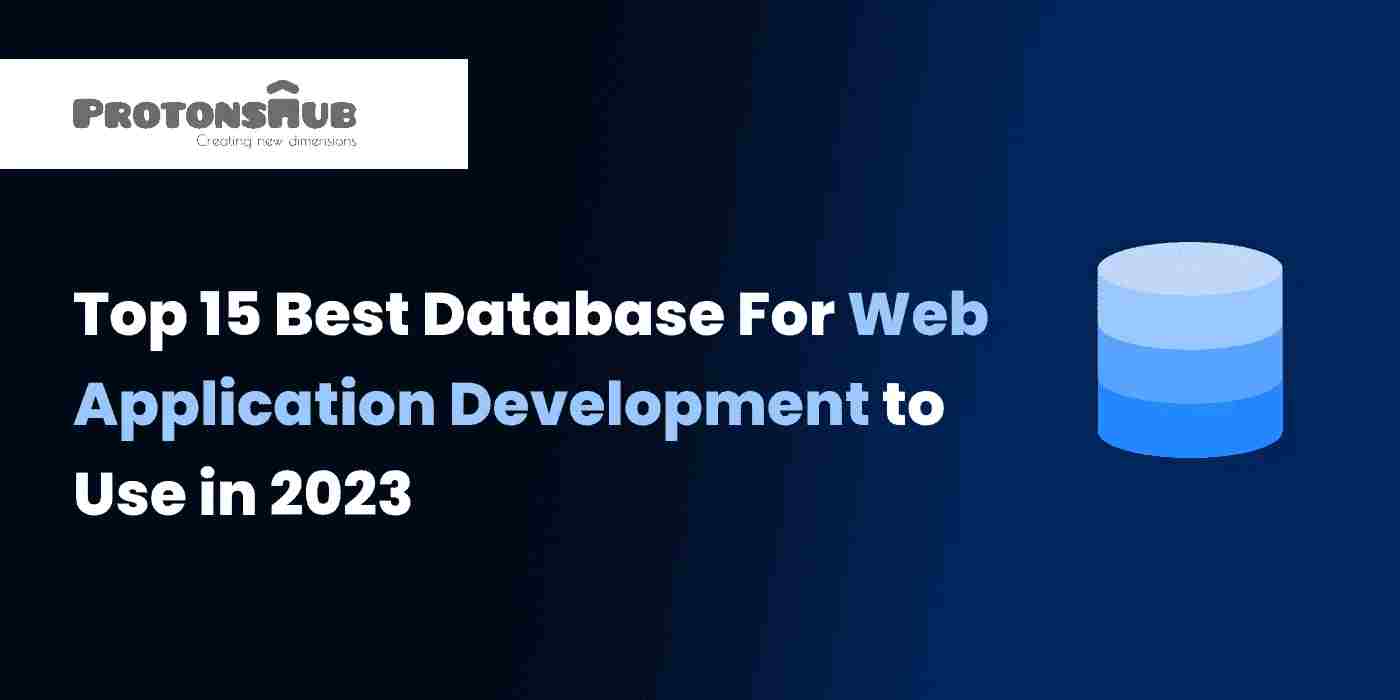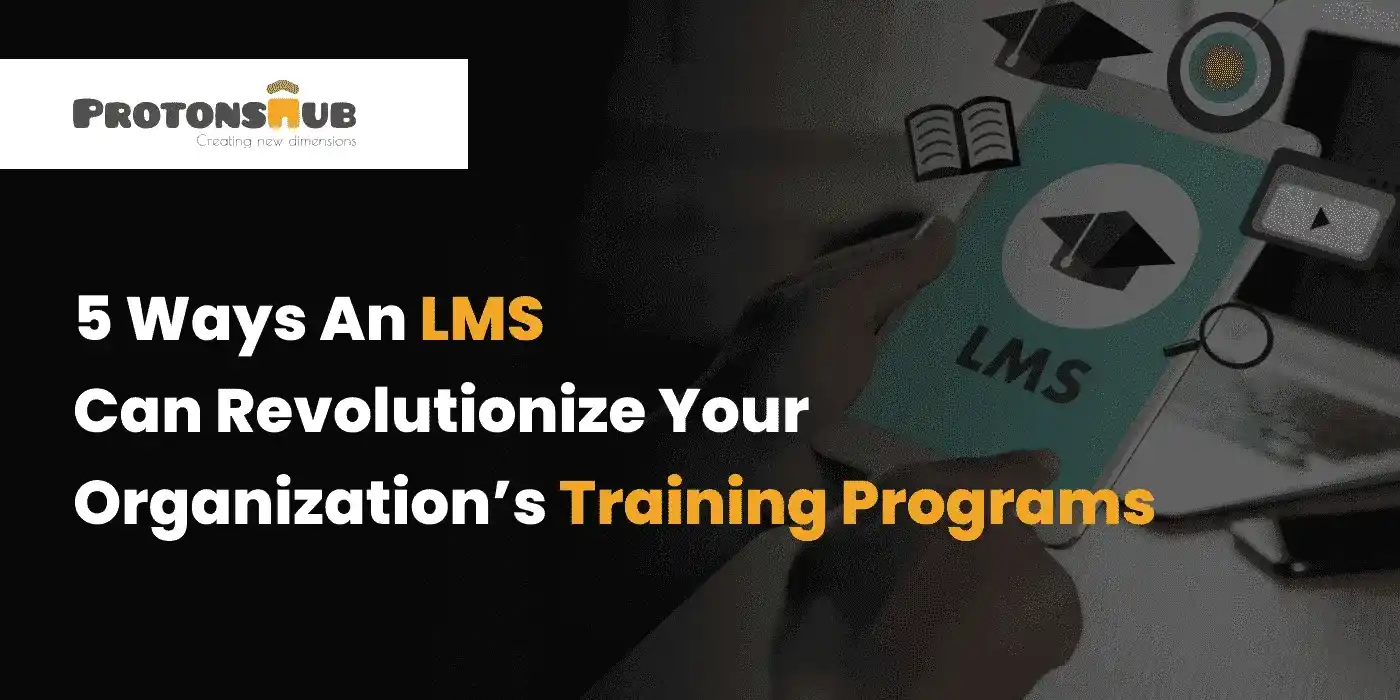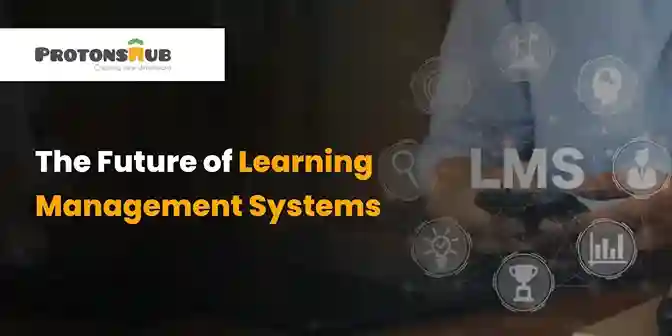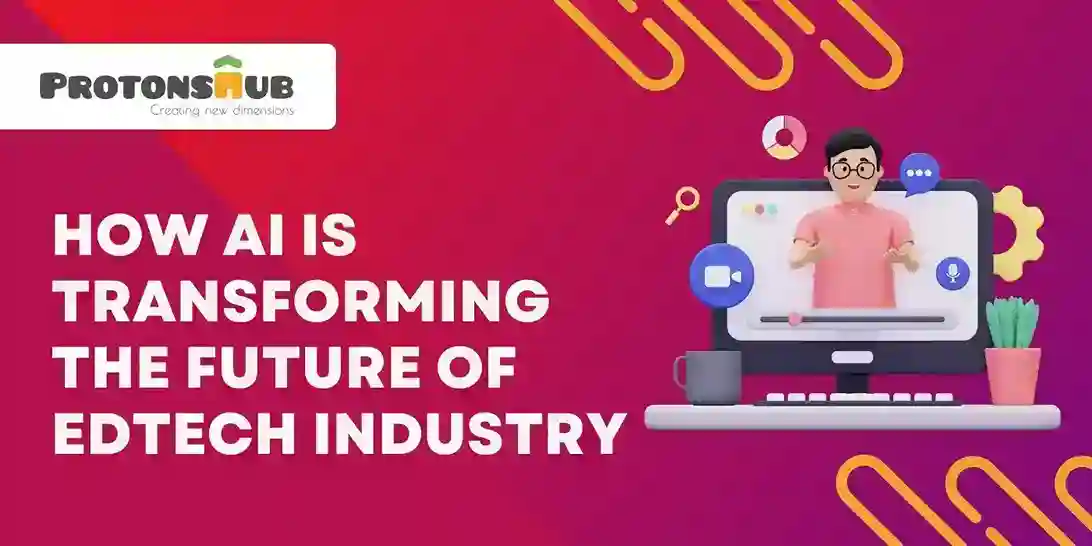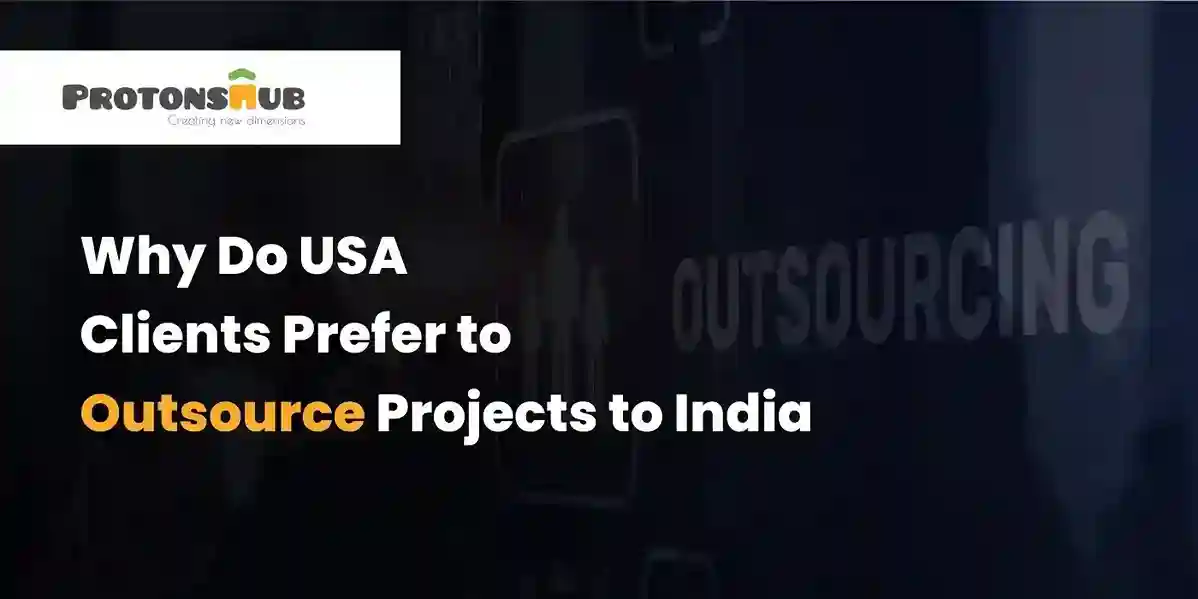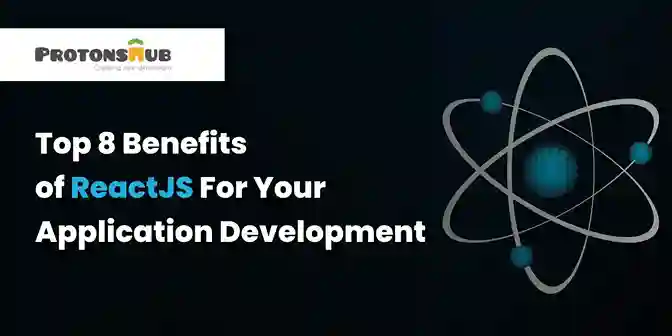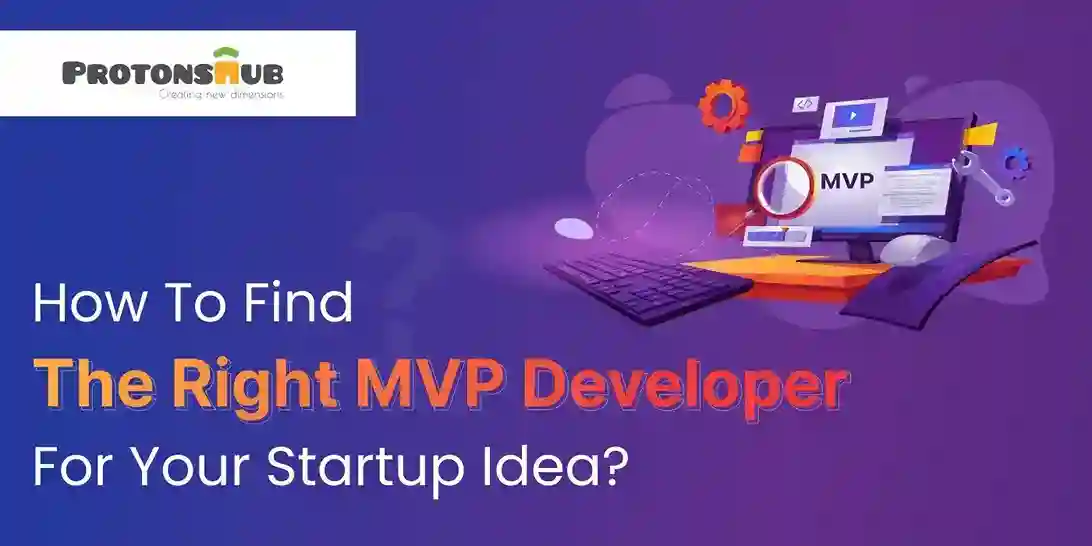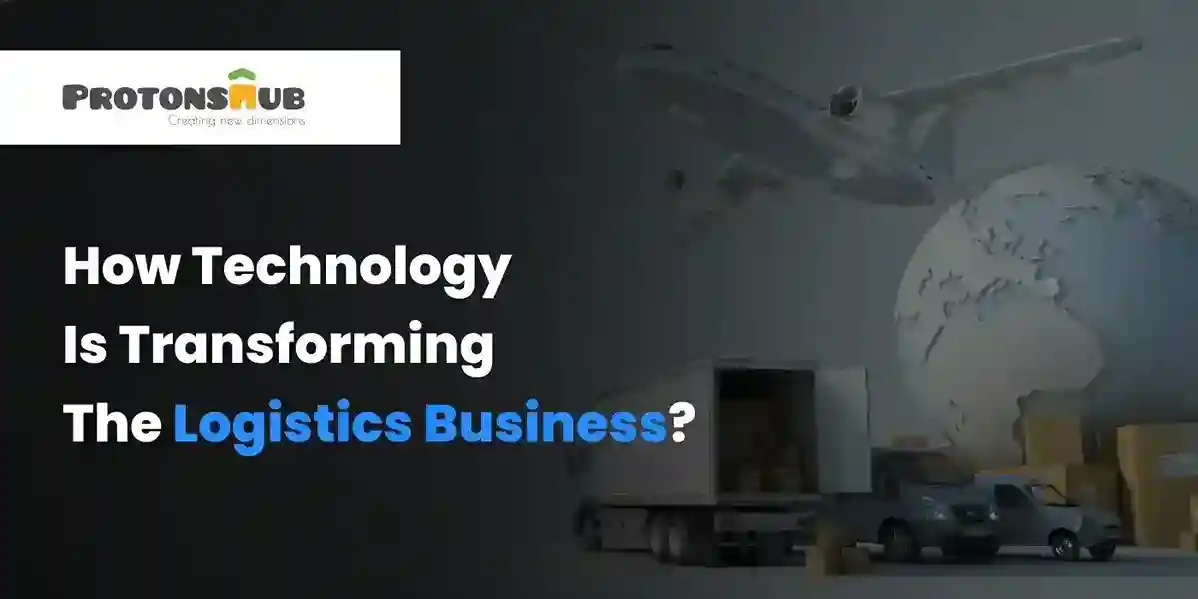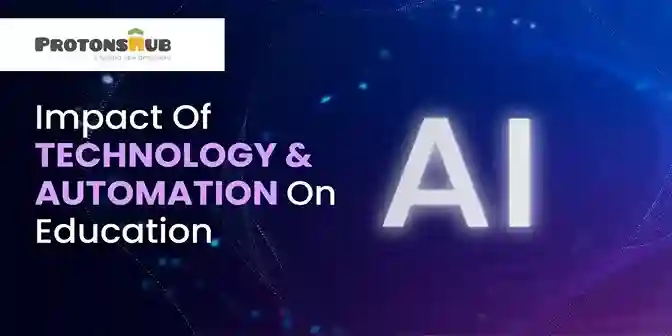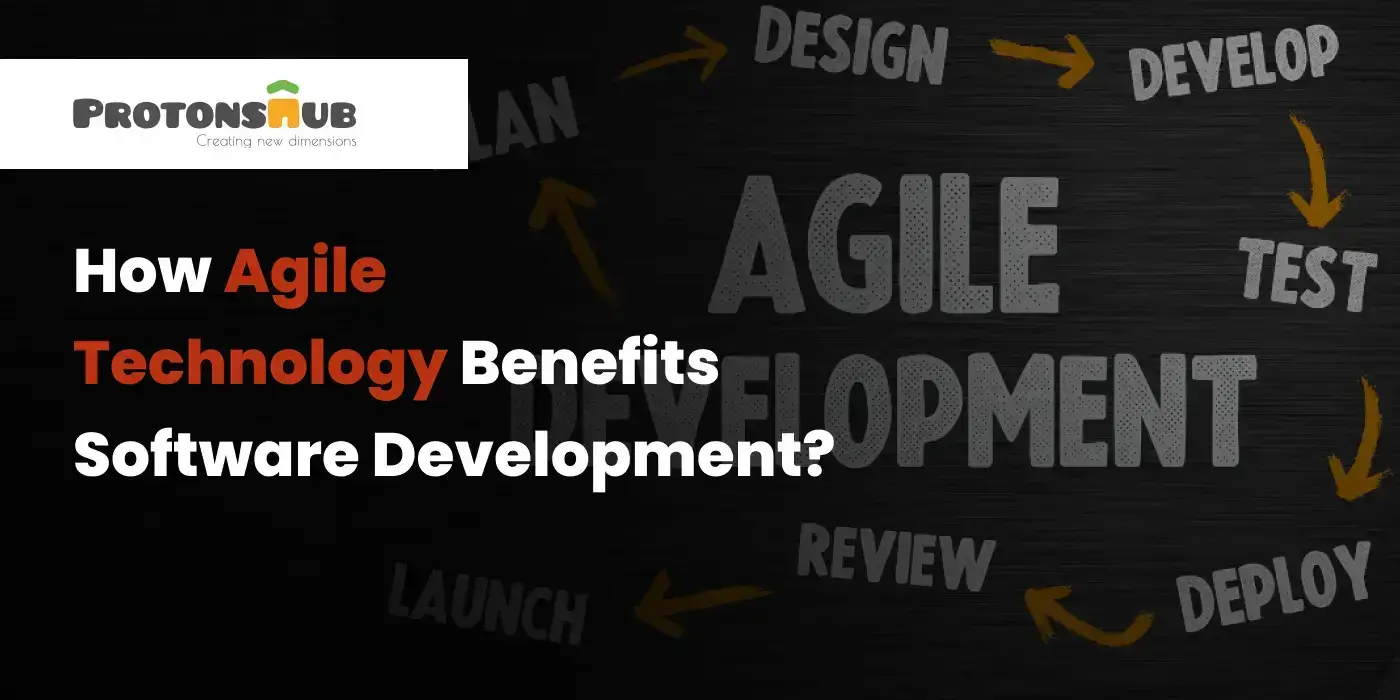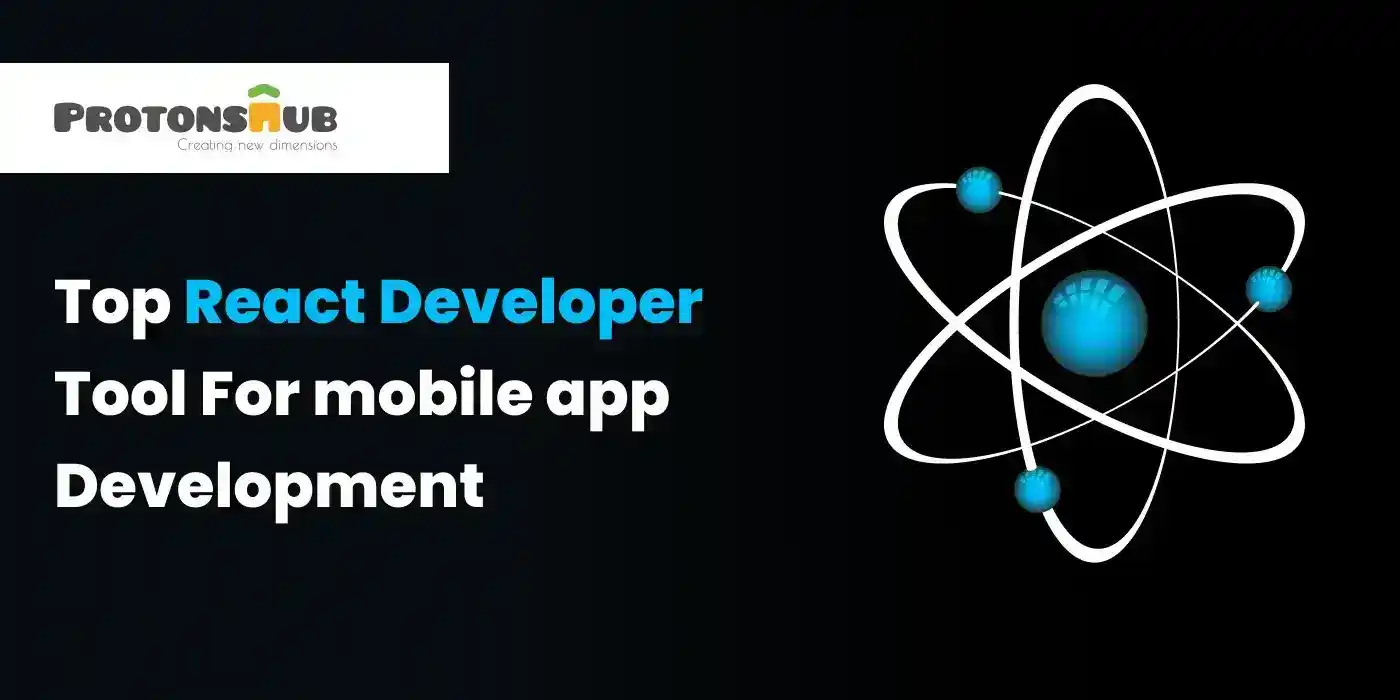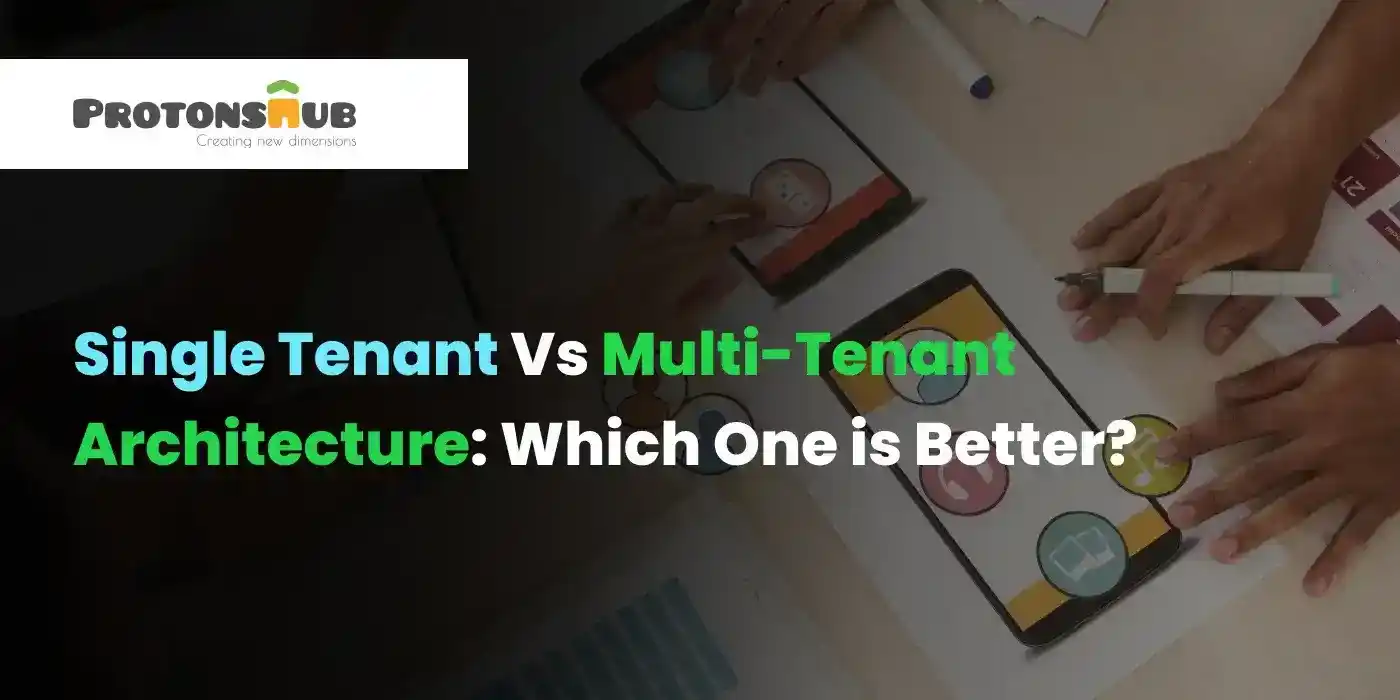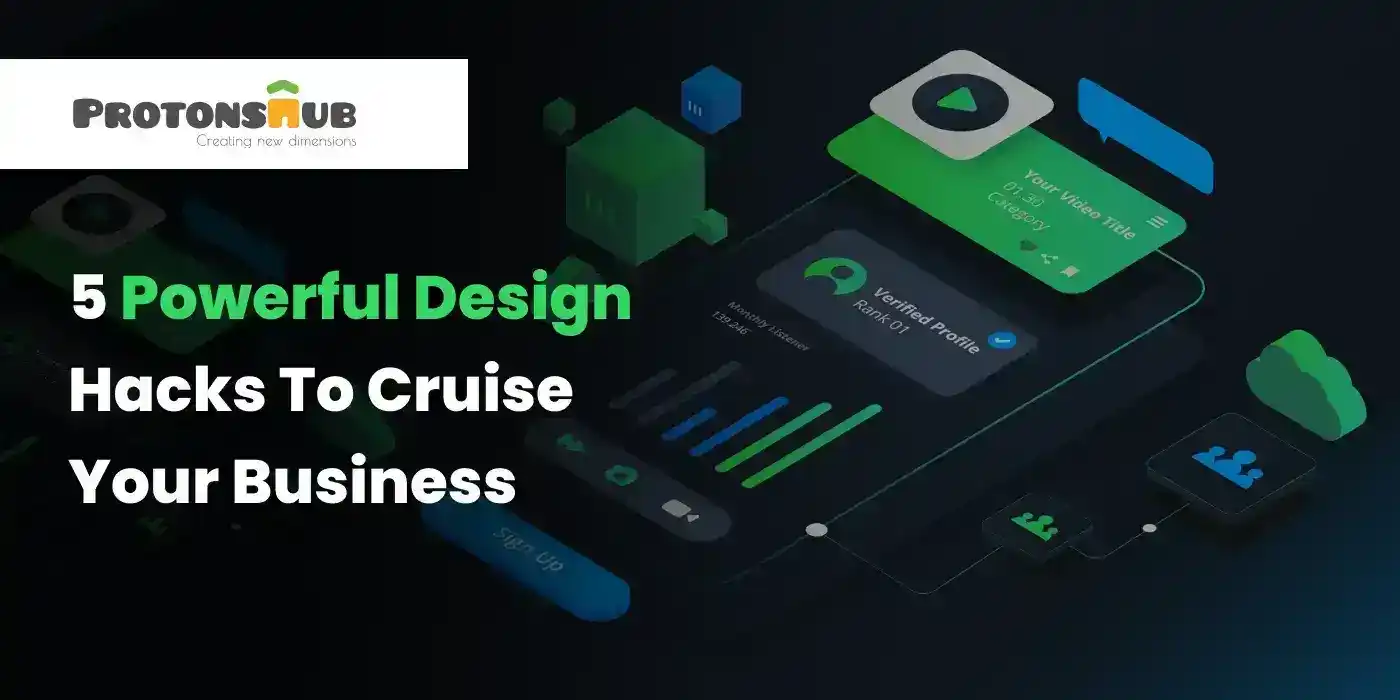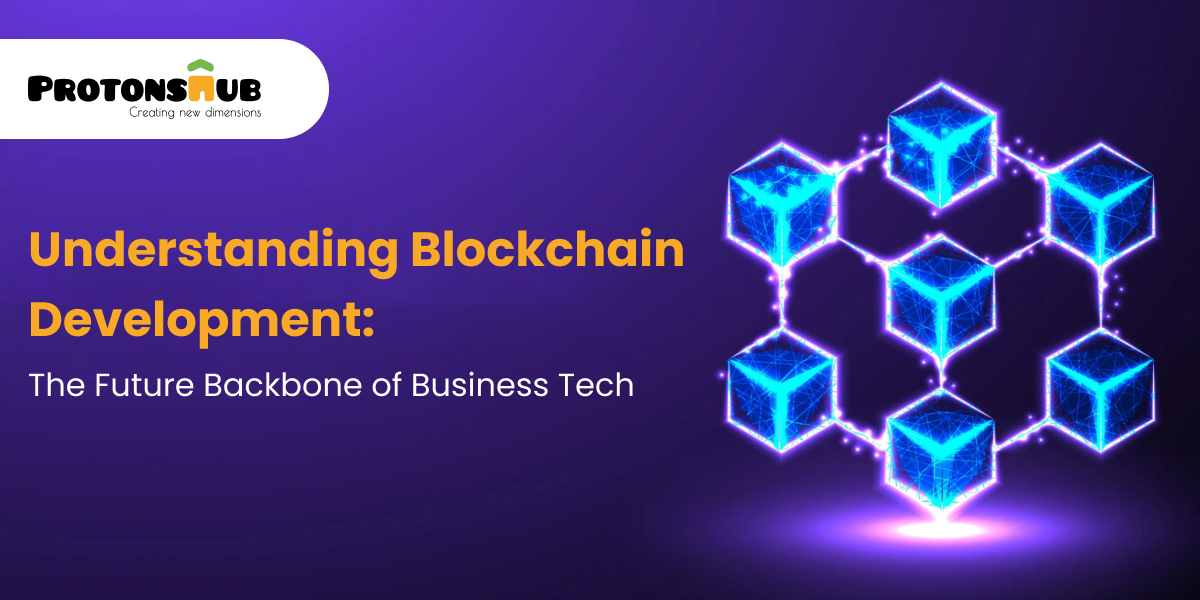As global industries shift toward digitization, the need for secure, efficient, and transparent systems becomes more urgent. Blockchain, often misunderstood as just the foundation of cryptocurrencies, is rapidly proving itself as a transformative force in enterprise technology.
Blockchain development is not about jumping on a trend—it's about building infrastructure that can handle the demands of modern business ecosystems. For organizations looking to improve data integrity, reduce friction in transactions, and eliminate unnecessary intermediaries, blockchain has become more than relevant. It’s foundational.
What Is Blockchain Development?
In a blockchain, data is recorded and maintained across a distributed network, eliminating the need for a central authority. This ledger is made up of "blocks" that contain information and are connected together with cryptographic procedures. Once recorded, data remains tamper-proof and unalterable without consensus from the network, ensuring both immutability and reliability.
Blockchain development involves creating applications and systems that leverage blockchain architecture to solve real-world problems. These may include automating contract execution, tracking digital assets, sharing verifiable data across stakeholders, or removing the need for centralized control in sensitive systems.
It combines backend logic, smart contract deployment, protocol integration, and front-end user experience—all while adhering to the principles of decentralization, transparency, and security.
Why Blockchain Is Crucial for Business
The power of blockchain lies in its ability to solve key issues that traditional systems cannot address efficiently:
- Decentralized trust: Removes the requirement for third-party verification.
- Permanent audit trails: Enhances compliance and data verification.
- Frictionless automation: Smart contracts enable real-time, rule-based automation.
- Shared truth: All parties operate from a single source of verified data.
Organizations that implement blockchain are not only streamlining operations—they're creating new business models that were previously not viable due to technical limitations or trust concerns.
Core Features That Drive Enterprise Adoption
Blockchain’s increasing relevance in business technology is not accidental—it stems from a set of foundational features that directly address the limitations of traditional systems. From data security and system reliability to process automation and transparency, blockchain offers a redesigned approach to building digital infrastructure for enterprises.
Here’s a closer look at the core features that make blockchain so attractive to modern businesses:
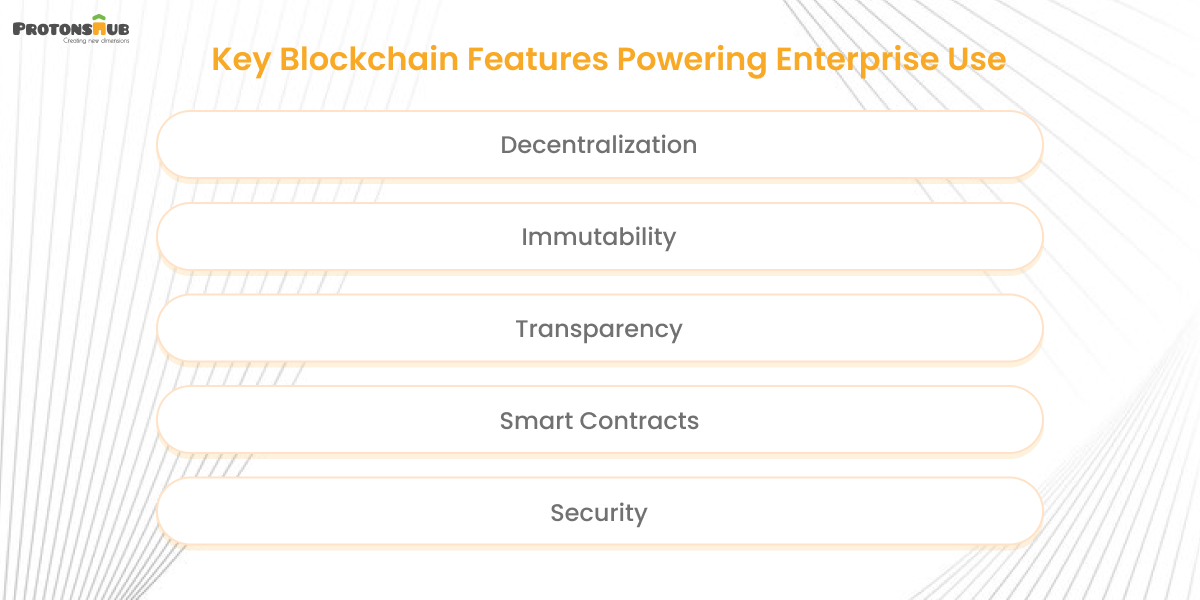
1. Decentralization
Blockchain’s decentralized architecture stands out as one of its most innovative features.Traditional business systems typically rely on a central authority—whether it’s a bank, administrator, or cloud provider—to validate, store, and manage data. This creates a single point of failure and often leads to bottlenecks, inefficiencies, and security vulnerabilities.
Blockchain eliminates this dependency by distributing data and decision-making power across a peer-to-peer network. Each participant (or node) holds a copy of the ledger and contributes to consensus, removing the risk associated with centralized control.
Why It Matters for Enterprises:
- Increased Resilience: System downtime or corruption at a single point does not compromise the entire network.
- Data Sovereignty: Stakeholders can independently verify transactions without relying on third parties.
- Collaborative Infrastructure: Ideal for consortiums or multi-party workflows where trust needs to be shared but not centralized.
2. Immutability
Immutability refers to the unchangeable nature of data stored on a blockchain. Once a transaction is added to the ledger, it is cryptographically linked to the previous record and cannot be changed or removed without affecting all subsequent blocks, which is computationally unfeasible in genuine networks.
This feature is essential for industries where data integrity is paramount, such as financial services, healthcare, legal systems, and public record management
Why It Matters for Enterprises:
- Audit Trails: Provides verifiable histories of transactions or actions, which is especially useful in compliance-heavy sectors.
- Accountability: Reduces fraud, manipulation, and data tampering risks.
- Legal Validity: Immutable records hold higher evidentiary value in disputes or regulatory scrutiny.
3. Transparency
Blockchain operates on a shared, distributed ledger where every authorized participant can access the same set of verified data. This level of transparency is unprecedented in traditional systems, where different departments or companies may maintain siloed databases with conflicting versions of the truth.
In public blockchains, every transaction are visible to everyone. In private or consortium blockchains, transparency is permissioned but still consistent across stakeholders.
Why It Matters for Enterprises:
- Trust Building: Transparent data sharing reduces friction between business partners and consumers.
- Real-Time Auditing: Regulators or compliance teams can access real-time, read-only views of transactions.
- Operational Efficiency: Less need for reconciliations and error correction between departments or parties.
4. Smart Contracts
Smart contracts are digital agreements that execute automatically and are maintained on the blockchain. They automatically carry out actions—like processing payments, sending notifications, or releasing documents—once specific conditions are fulfilled. Built to be tamper-proof and transparent, these contracts operate without the need for human intervention, ensuring trust and reliability.
Unlike traditional software scripts, smart contracts operate in decentralized environments and are visible to all relevant participants, ensuring transparency and trust.
Why It Matters for Enterprises:
- Automation: Eliminates manual approvals, middlemen, and paper-based processing.
- Speed & Accuracy: Transactions are executed instantly when conditions are met.
- Cost Reduction: Reduces overhead costs tied to operations, compliance, and legal enforcement.
5. Security
Blockchain architecture is built for high-grade security. It uses advanced cryptographic techniques like hashing, digital signatures, and public/private key encryption to authenticate transactions and participants. The decentralized nature of the network also makes it extremely resistant to tampering, as any attack would require simultaneous compromise of a majority of nodes.
Furthermore, the consensus mechanisms used (such as Proof of Stake, Proof of Work, or BFT) provide additional layers of protection by validating only legitimate transactions.
Why It Matters for Enterprises:
- Cyberattack Resistance: No central server means no easy target for hackers.
- Data Integrity: Cryptographic verification ensures only authorized users can initiate or approve changes.
- Privacy with Control: Enterprises can implement permissioned blockchain networks with strict access rules.
[Also Read: Blockchain Development Guide: Everything You Need to Know]
How Blockchain Development Works
Developing blockchain solutions involves a multi-layered approach that blends decentralized architecture with secure protocols, seamless integration, and intuitive user experience.
Platform Selection
Choosing between public (e.g., Ethereum, Solana), private (e.g., Hyperledger Fabric), or consortium blockchains depends on your use case—considering factors like data sensitivity, access control, scalability, and regulatory requirements.
Consensus Mechanisms
The consensus mechanism determines how a blockchain network validates and agrees on the state of transactions. Common types include:
- Proof of Work (PoW) – Highly secure but resource-intensive.
- Proof of Stake (PoS) – More energy-efficient and scalable.
- Byzantine Fault Tolerance (BFT) – Common in permissioned blockchains.
Smart Contract Development
Smart contracts—automated scripts that execute business logic—are developed using blockchain-specific programming languages:
-
Solidity – Widely used for Ethereum-based applications.
-
Rust or C++ – Preferred for high-performance blockchains like Solana.
-
Go/Java – Common for enterprise frameworks like Hyperledger.
System Integration
To deliver real business value, blockchain must seamlessly integrate with existing enterprise systems such as ERPs, CRMs, and cloud platforms—enabled through APIs and SDKs that ensure interoperability.
User Experience (UX)
For mass adoption, decentralized apps (DApps) must offer user-friendly interfaces while handling blockchain-specific actions such as wallet authentication, gas fee estimation, and transaction confirmation.
Real-World Use Cases Across Industries
Across various industries, blockchain is driving innovation by solving long-standing challenges and unlocking new efficiencies. Here are the industries where blockchain is making a significant impact through real-world use cases:
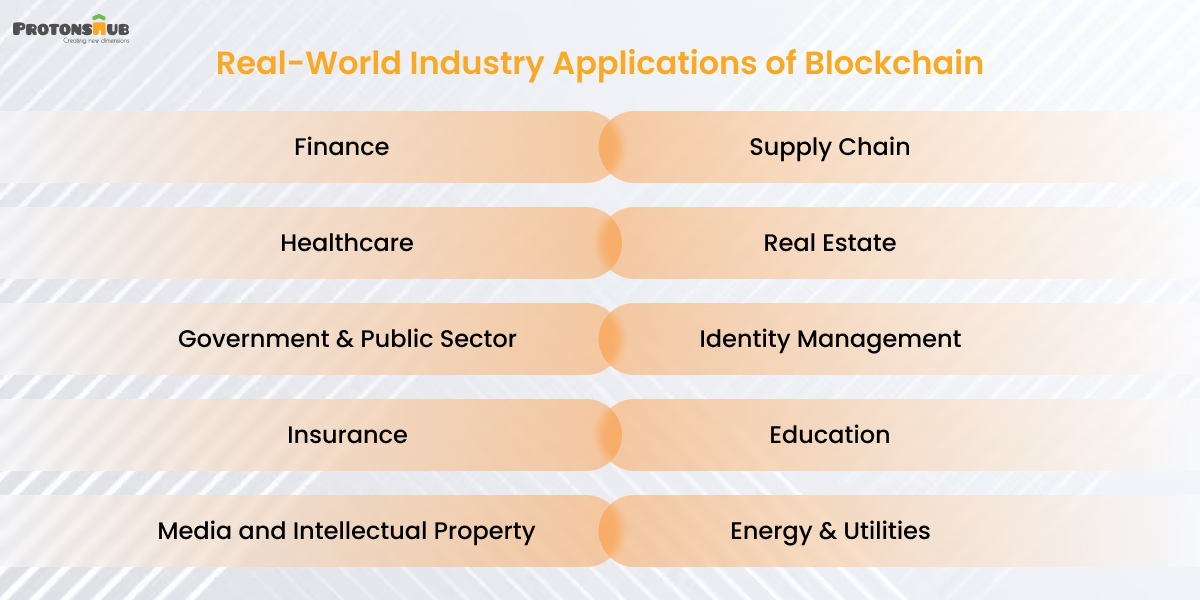
Finance
Blockchain reduces the time and cost of cross-border transactions, automates settlements, and provides secure asset tokenization. It supports decentralized finance (DeFi) systems that work without intermediaries.
Use Case: Settlement times reduced from three days to seconds in cross-border banking via Ripple or Stellar-based platforms.
[Also Read: How Blockchain Technology Can Revolutionize the Fintech Industry]
Supply Chain
Enables end-to-end traceability, real-time inventory tracking, and anti-counterfeit verification. Every entity in the chain—from producer to retailer—shares a tamper-proof record.
Use Case: Major retailers use blockchain to trace food items from farm to shelf, identifying contamination sources in minutes.
Healthcare
Secures patient records, streamlines claims processing, and ensures medical data privacy while enabling interoperability across providers.
Use Case: Blockchain platforms give patients control over their own health data, enabling selective access to healthcare providers.
Real Estate
Eliminates redundant paperwork, simplifies title verification, and enables smart contracts for faster property transactions.
Use Case: Blockchain-based digital deed systems reduce fraud and speed up ownership transfer.
Government & Public Sector
Facilitates transparent voting systems, digitized land records, and efficient public benefits management.
Use Case: Pilot e-voting systems on blockchain ensure election integrity with verifiable participation.
Identity Management
Empowers individuals with control over their digital identities through Decentralized Identity (DID) systems.
Use Case: KYC processes become faster and safer by verifying users through blockchain-based identity proofs.
Insurance
Automates claims processing, minimizes fraud, and improves customer experience through rule-based smart contracts.
Use Case: Blockchain-powered insurance contracts can automatically trigger payouts based on real-time weather conditions or event data.
Education
Secures academic credentials and makes them instantly verifiable across institutions and employers.
Use Case: Blockchain-issued degrees reduce falsification and speed up background verification.
Media and Intellectual Property
Monitors ownership, usage, and royalties in real time to safeguard creators' rights and ensure transparent, fair compensation.
Use Case: Musicians receive royalty payments instantly when their songs are streamed, via smart contracts.
Energy & Utilities
Supports peer-to-peer energy trading and tracks carbon credits to ensure sustainability goals are met.
Use Case: Smart meters record and trade excess solar energy between households on a blockchain platform.
Common Implementation Challenges in Blockchain Development
While blockchain technology offers transformative potential, its implementation is not without challenges. For many businesses, the road to effective blockchain integration is filled with technical, strategic, and regulatory hurdles. Understanding these obstacles is critical for organizations looking to harness blockchain's advantages without missteps.
Below are the most common challenges companies face when adopting blockchain technology—and what they mean for real-world implementation.
1. Choosing the Right Blockchain Platform
One of the earliest and most crucial decisions is selecting the appropriate blockchain network. Public blockchains such as Ethereum ensure transparency and decentralization, but they often trade off speed and privacy. Private or permissioned blockchains, such as Hyperledger Fabric or Corda, allow better control but reduce decentralization.
The Challenge:
Selecting a platform that balances security, scalability, privacy, and performance is complex—especially for businesses unfamiliar with the technical trade-offs.
Consideration:
Businesses need expert consultation to align platform capabilities with business goals. Misaligned platform choice can cause costly redesigns later.
2. Integration with Existing Systems
Most businesses already have legacy systems like ERPs, CRMs, or internal databases. Blockchain needs to work alongside these systems without causing disruption.
The Challenge:
Blockchain is built on decentralized, cryptographic foundations, while traditional systems depend on centralized authority. Bridging the two can create architectural complexity and performance issues.
Consideration:
Integration should be approached with middleware solutions, APIs, and a modular architecture that supports interoperability.
3. Lack of Skilled Talent
Blockchain development requires specialized skills—smart contract development, cryptographic security, distributed system design, and protocol engineering. These are not commonly found in traditional IT teams.
The Challenge:
Hiring skilled blockchain developers is both costly and highly competitive. A lack of expertise can result in security vulnerabilities, project delays, or a poor user experience.
Consideration
During the initial stages, many businesses choose to collaborate with blockchain development companies or bring in external experts to strengthen their team
4. Regulatory Uncertainty
Blockchain regulations vary widely across regions and are still evolving. Businesses working in finance, healthcare, or data-sensitive industries must navigate legal grey areas around data privacy, crypto tokens, and smart contract enforcement.
The Challenge:
Laws governing cryptocurrencies, data storage, cross-border transfers, and tokenized assets differ drastically from country to country. Failure to act or misinterpret regulations can result in serious compliance challenges.
Consideration:
Projects must include legal consultation from the start and adopt flexible architectures that can evolve with regulation.
5. Scalability Constraints
Public blockchains typically face challenges with transaction throughput. Ethereum, for example, has dealt with network slowdowns and increased gas fees during high-demand periods.
6. Security Risks
While the blockchain protocol itself is generally secure, the applications built on top—particularly smart contracts—can be vulnerable to bugs or exploits.
The Challenge:
Code immutability means that once a smart contract is deployed, bugs can’t be fixed without significant network coordination. Security breaches can lead to major losses of funds or sensitive data.
Consideration:
Rigorous smart contract audits, test-driven development, and formal verification methods are essential before deployment.
7. User Experience (UX) Complexity
Interacting with blockchain-based applications often involves wallet setups, managing cryptographic keys, and understanding transaction fees (gas). For the average user, this can be confusing and frustrating.
The Challenge:
If users don’t understand how to engage with a blockchain platform, adoption stalls—even if the technology behind it is robust.
Consideration:
Designing intuitive, user-friendly front ends and offering custodial wallet options or abstracted blockchain mechanics can improve adoption rates.
8. Data Privacy vs. Transparency
One of blockchain’s most praised features—data transparency—can become a liability in industries where confidentiality is critical, such as healthcare, insurance, or government.
The Challenge:
How do you maintain transparency for verification while keeping sensitive data private?
Consideration:
Techniques like zero-knowledge proofs, encryption, private chains, or off-chain storage should be used to strike the right balance.
9. High Initial Costs and ROI Uncertainty
Implementing blockchain involves not just development, but also planning, compliance, testing, infrastructure, and post-deployment support.
The Challenge:
Many companies hesitate to invest due to unclear ROI or long-term value. The benefits of blockchain are often long-term and strategic rather than immediate.
Consideration:
Starting with a Minimum Viable Product (MVP) and defining KPIs aligned to business outcomes can help prove value early.
10. Governance and Change Management
Who controls the blockchain? Who updates smart contracts? How are disputes resolved in a decentralized network?
The Challenge:
Blockchain eliminates central authority, but also removes the ability to quickly fix errors, reverse transactions, or manage upgrades centrally.
Consideration:
Governance frameworks, multisig protocols, and DAO models can provide structured decision-making and control.
How Protonshub Technologies Can Help You
Blockchain development is not just a technical trend—it’s a strategic transformation in how businesses build trust, share data, and automate operations. As industries face growing demands in security, compliance, and efficiency, blockchain offers a modern foundation for digital infrastructure.
Protonshub Technologies helps organizations turn this promise into practical impact. Whether you’re building a decentralized application (DApp), deploying smart contracts, or integrating blockchain into your legacy systems, Protonshub delivers tailored solutions that align with your business goals.
With hands-on experience in leading platforms like Ethereum, Hyperledger, Solana, and Polygon, the Protonshub team brings deep expertise in consensus models, security architecture, and user-centric design. From early-stage MVPs to full-scale enterprise systems, every solution is built to be secure, scalable, and future-ready.
For forward-thinking businesses, blockchain is more than innovation—it’s a competitive edge. With Protonshub Technologies as your partner, you gain a team that understands both the technology and its real-world application—helping you define the next generation of secure and intelligent business systems.












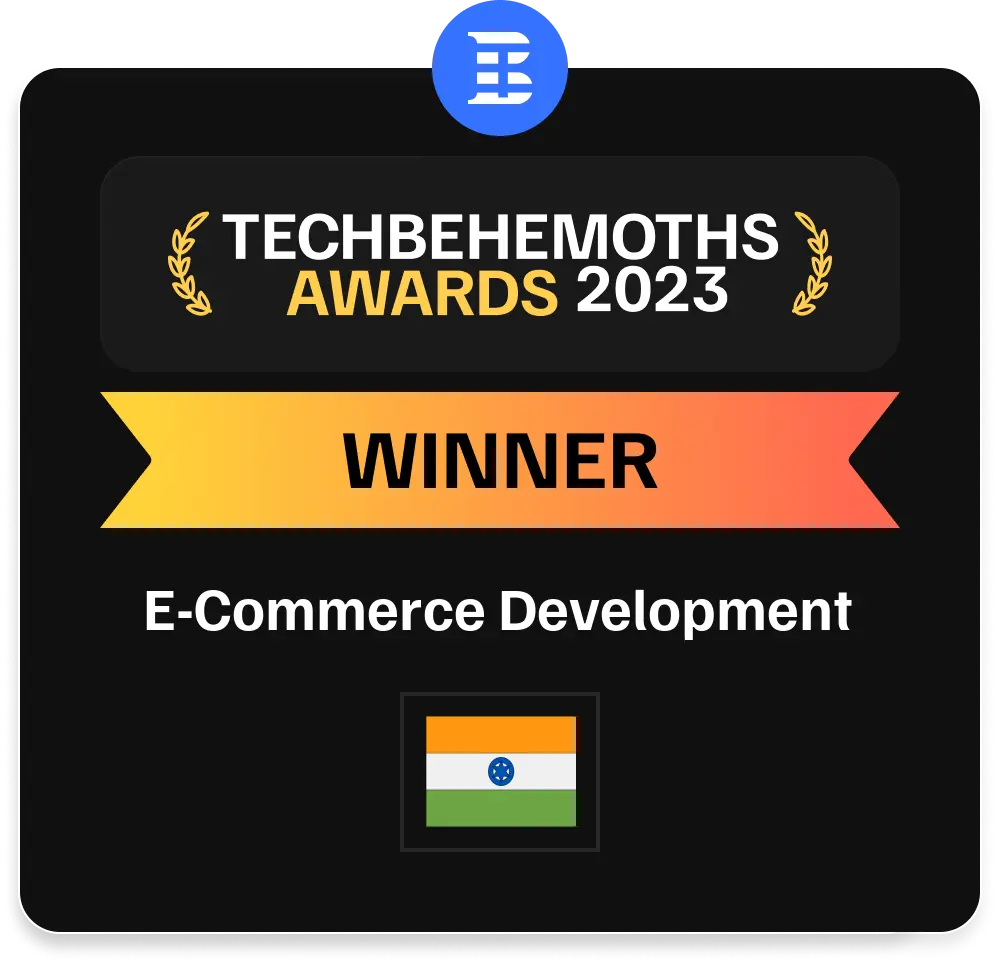

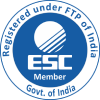
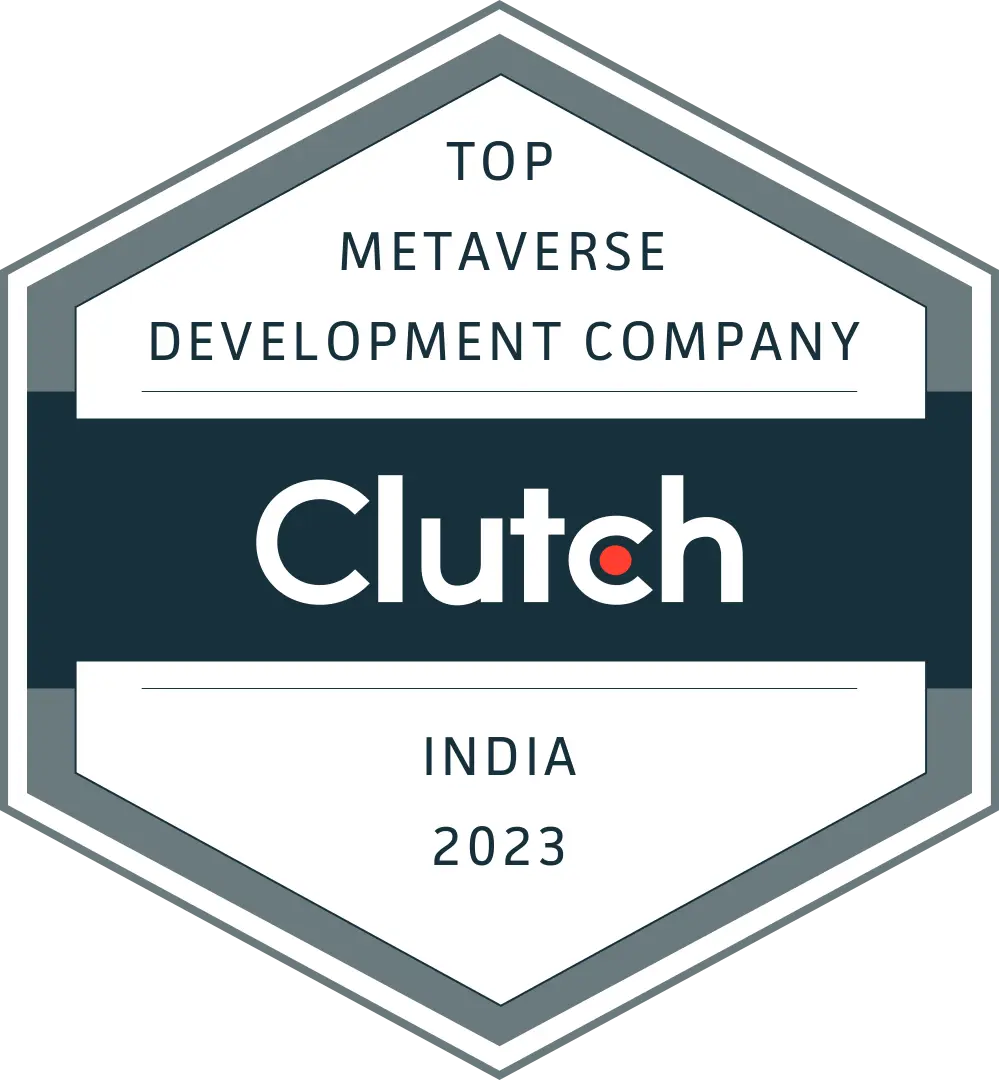

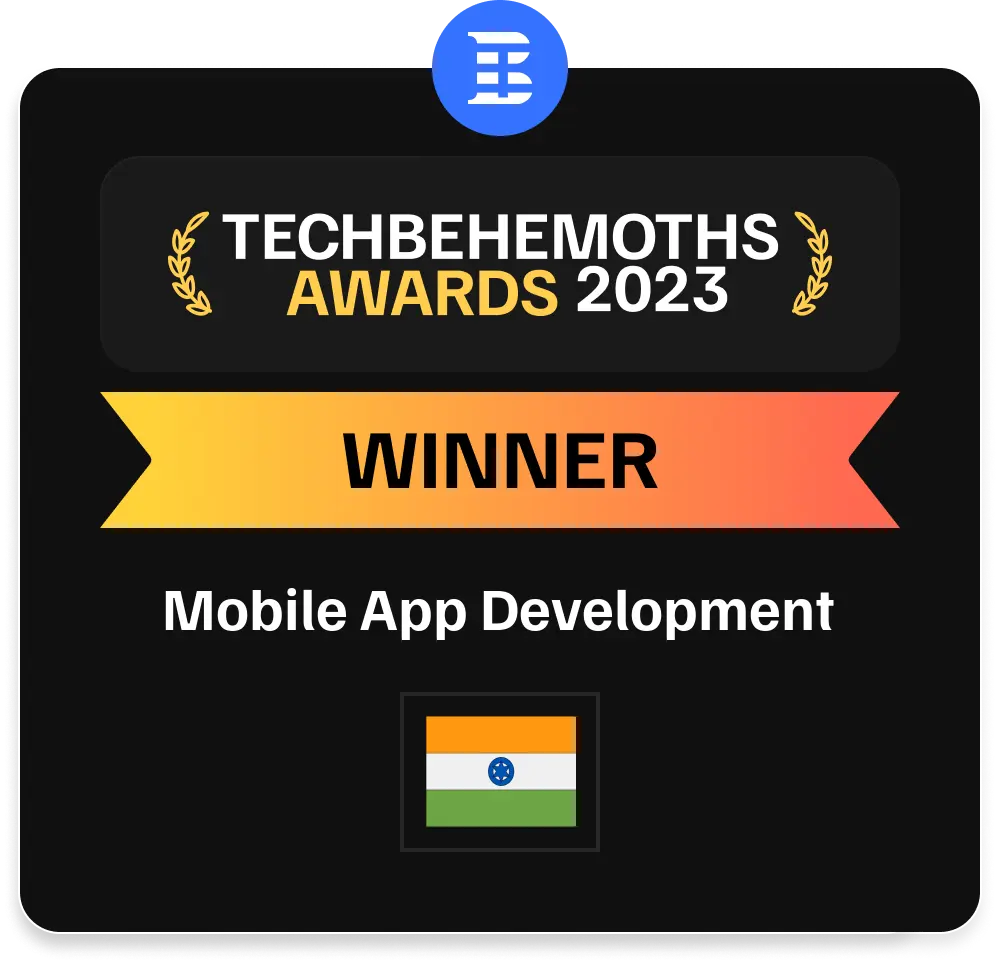


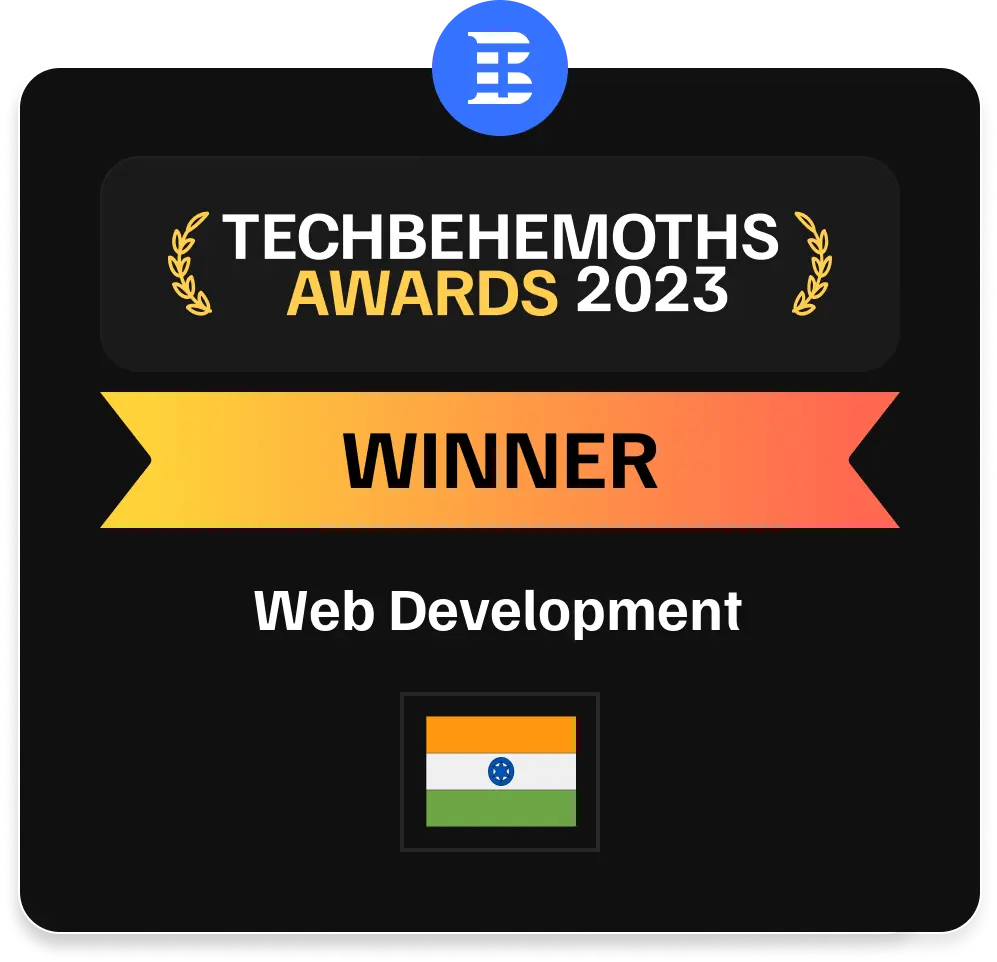

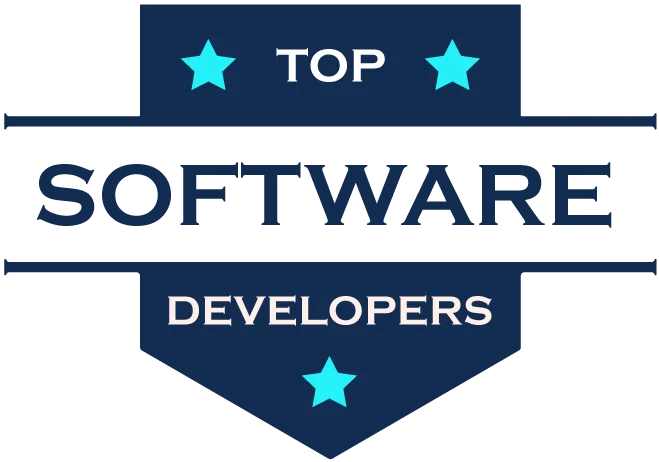














 Contact Us
Contact Us 







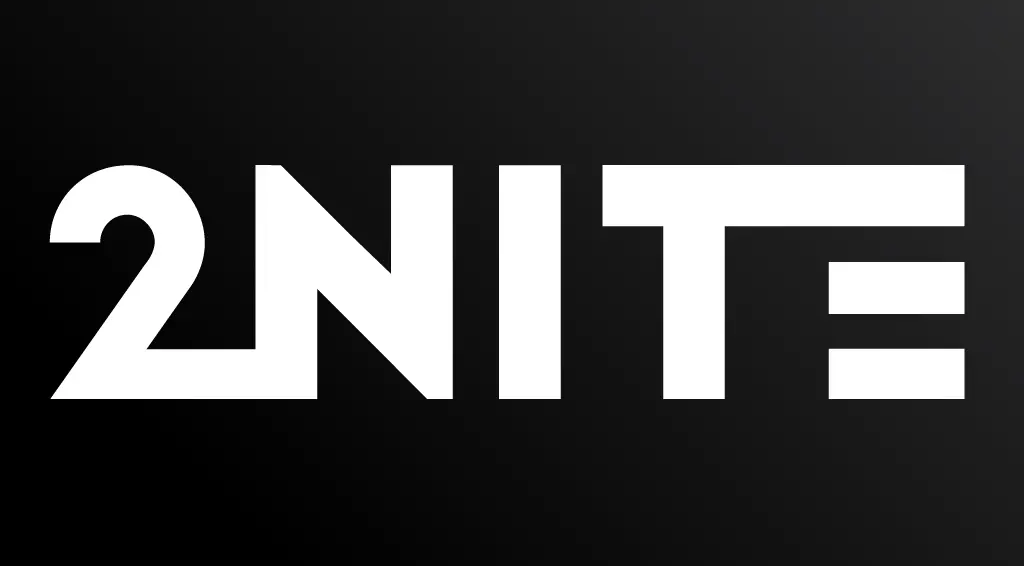














.png)


.png)



.png)









.jpg)












.jpg)






.jpg)
.jpg)

.jpg)

.png)




















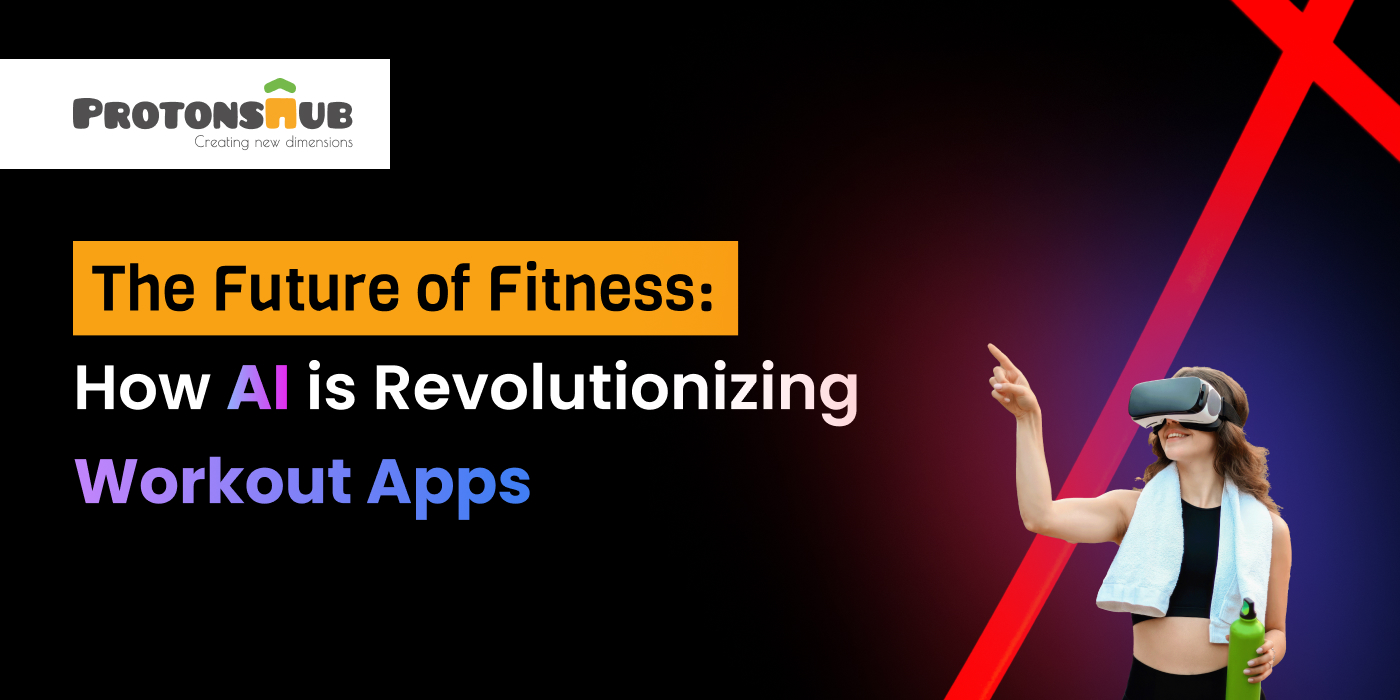


.jpg)






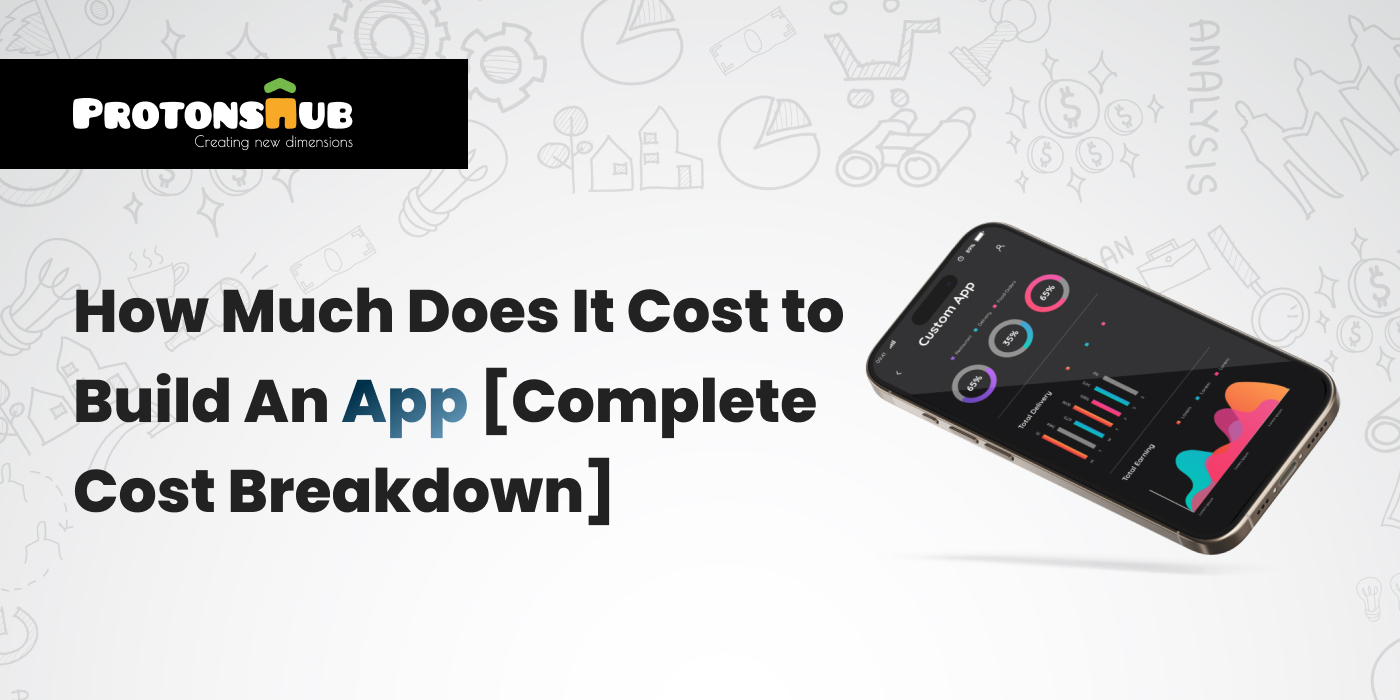
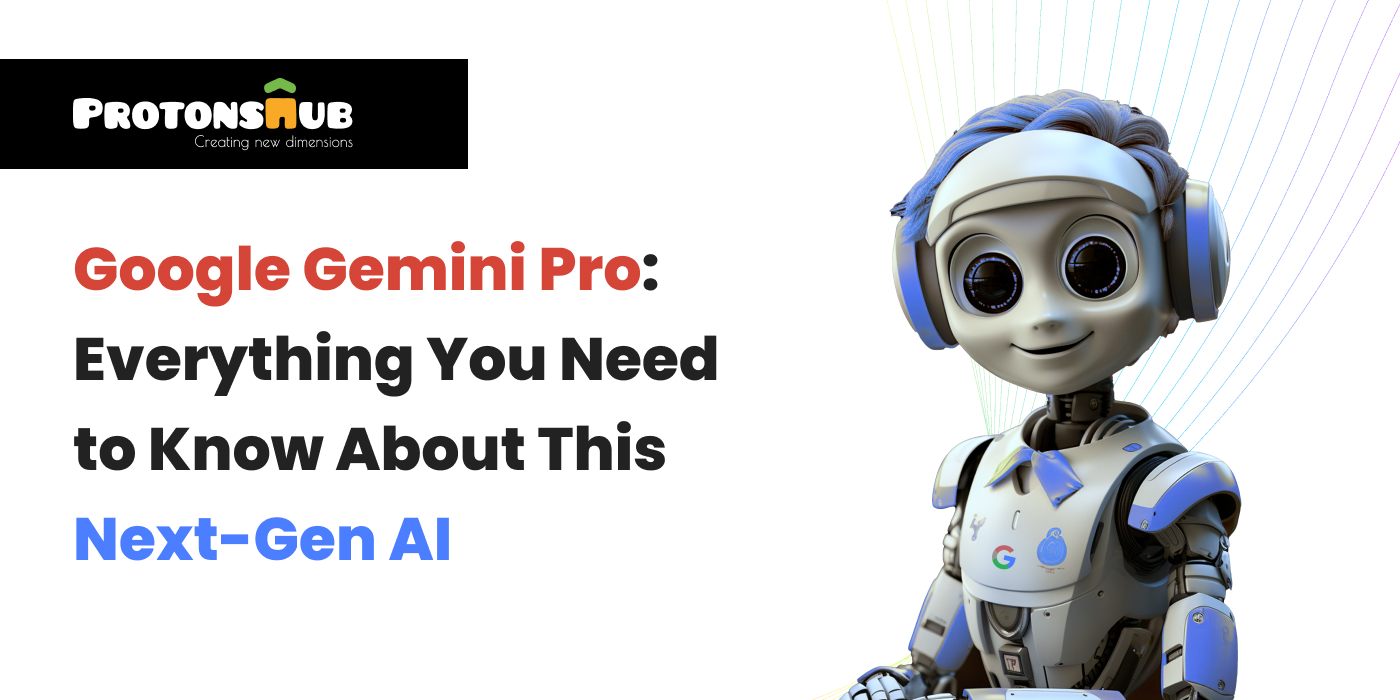

.png)
